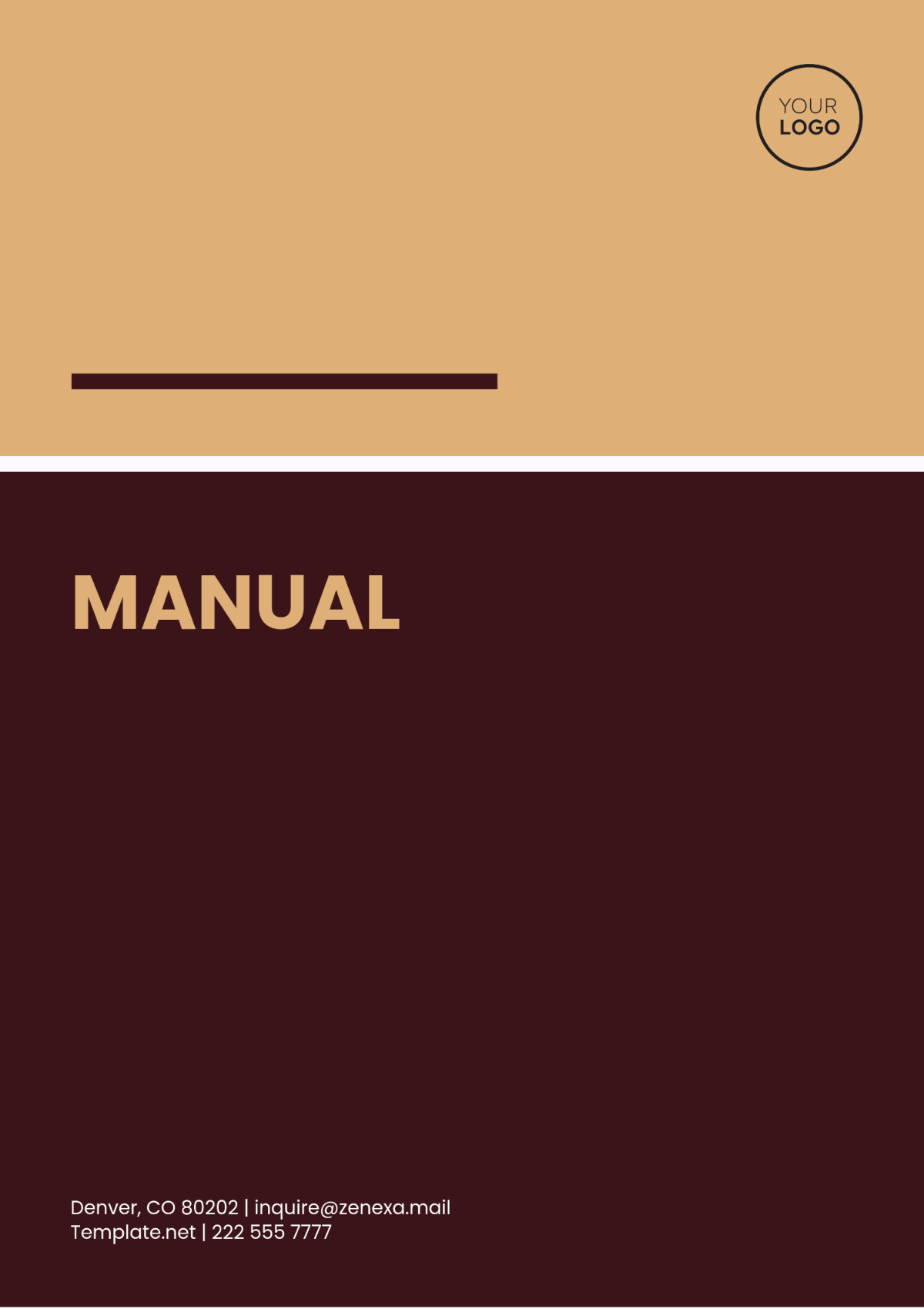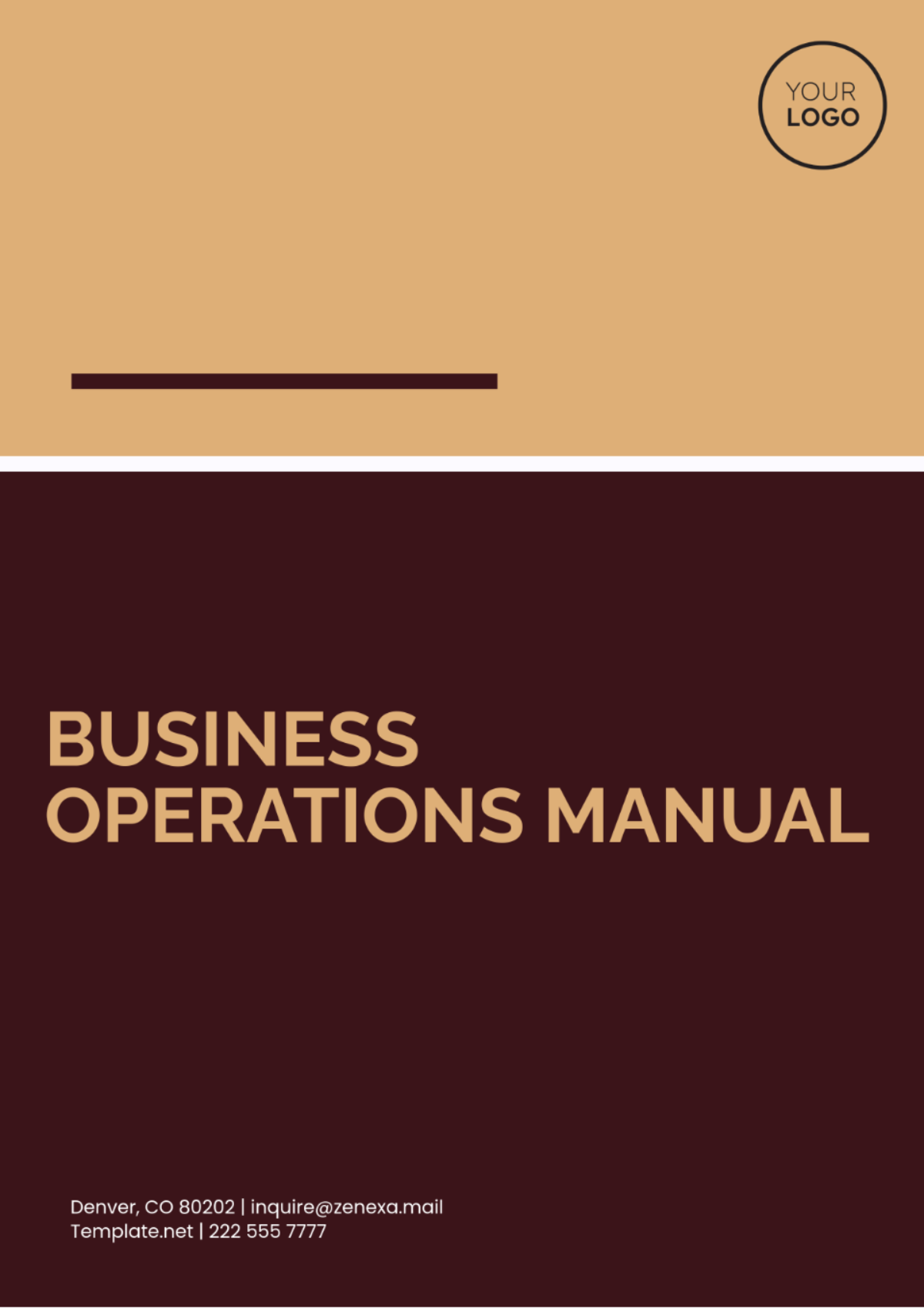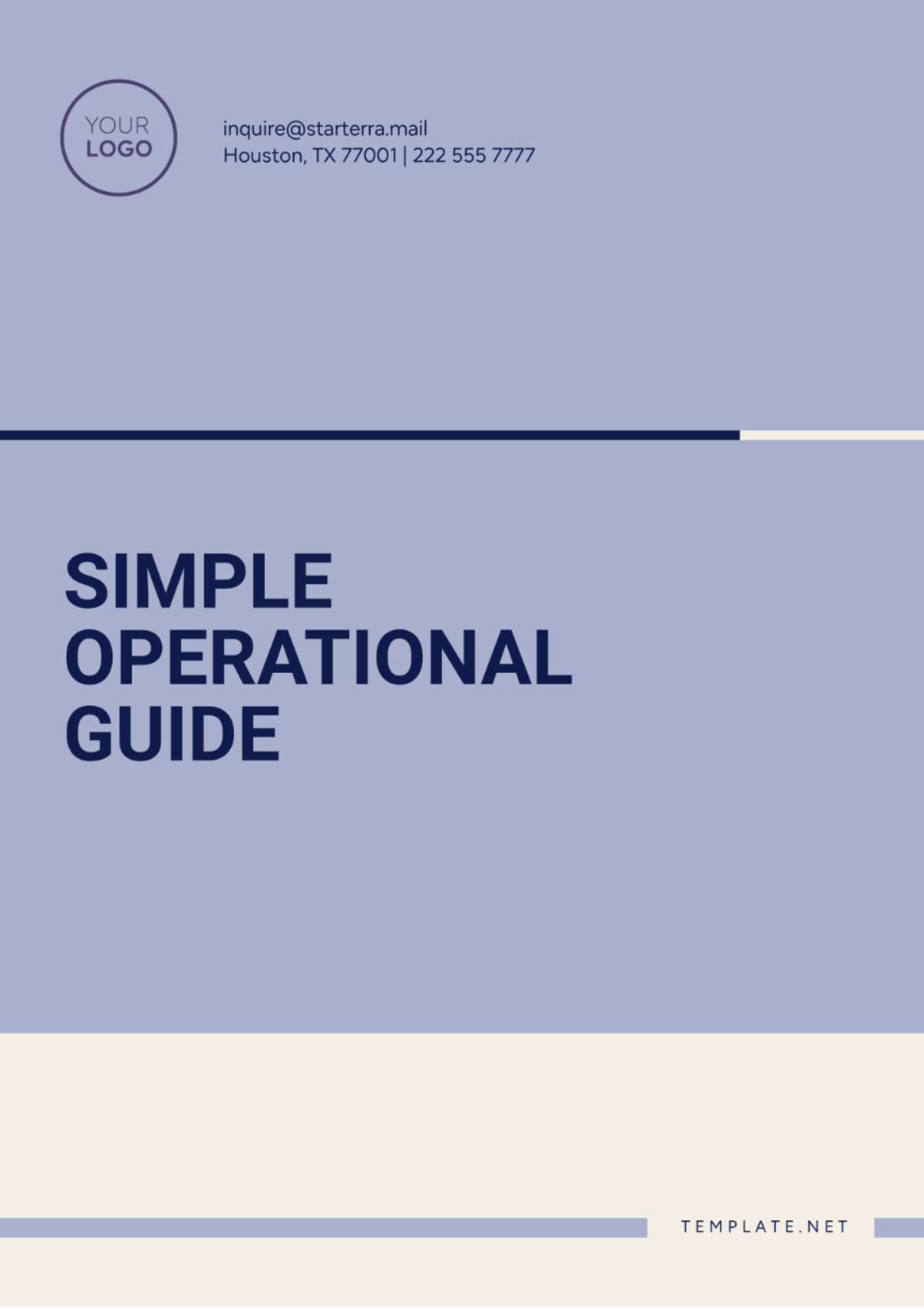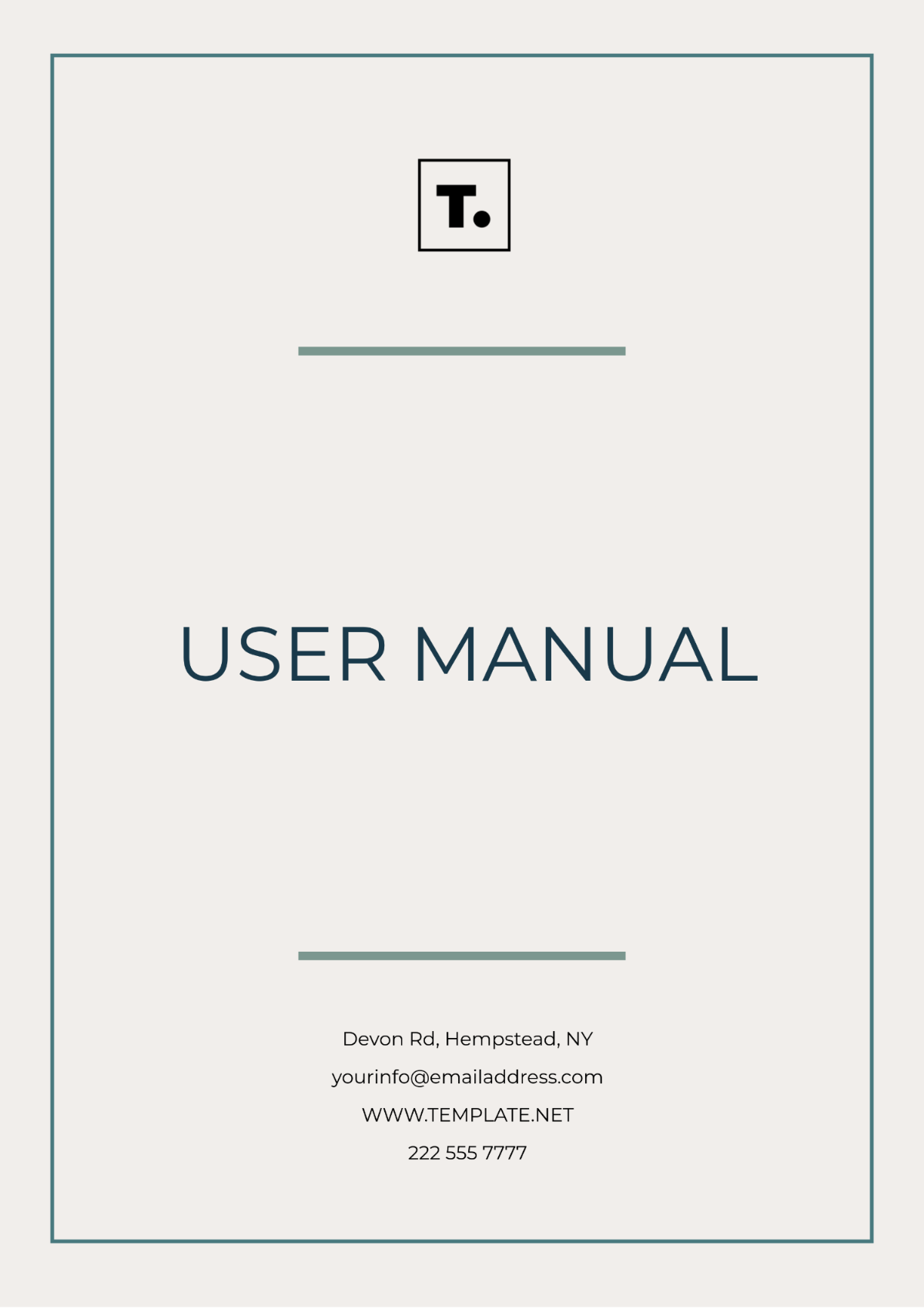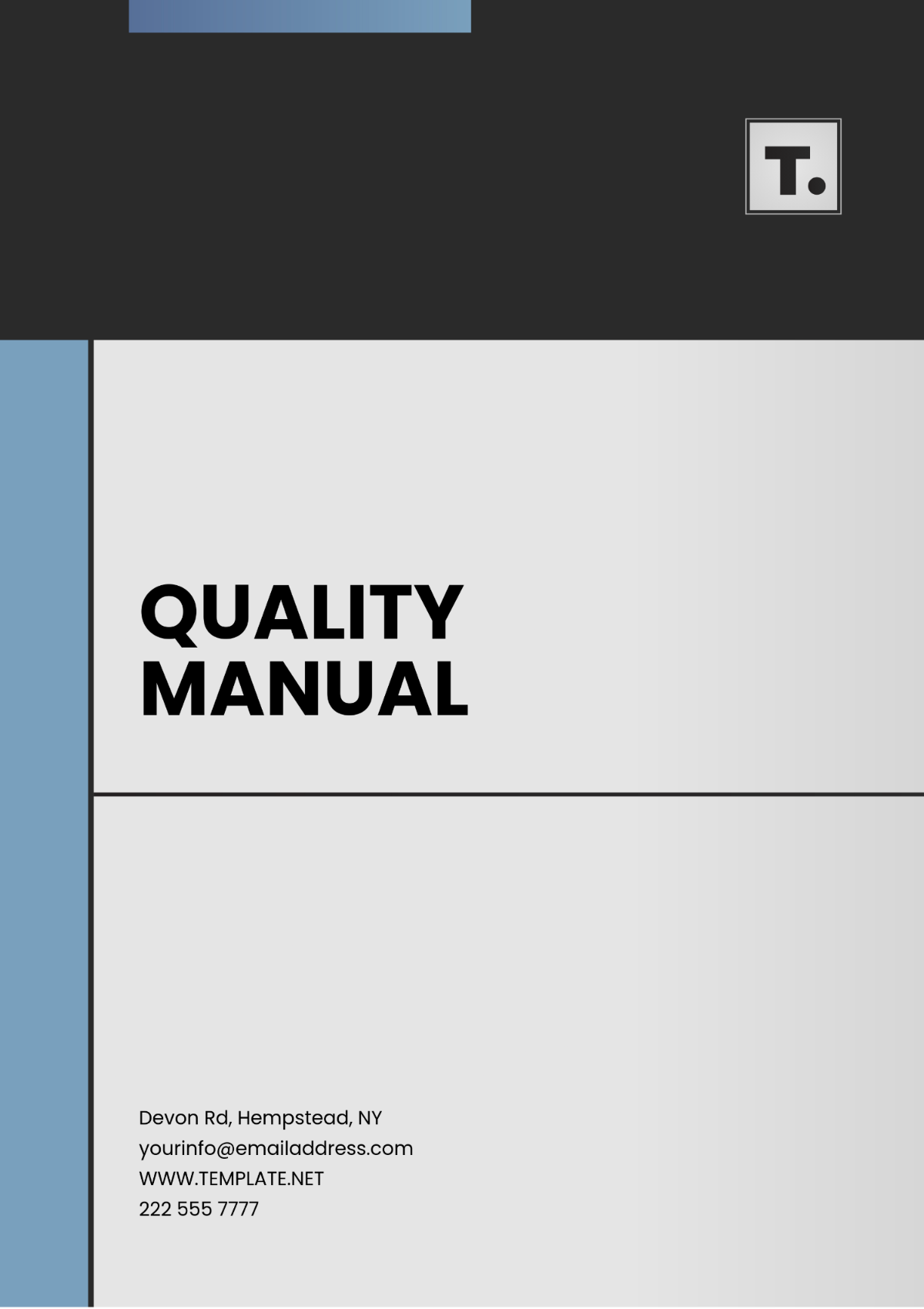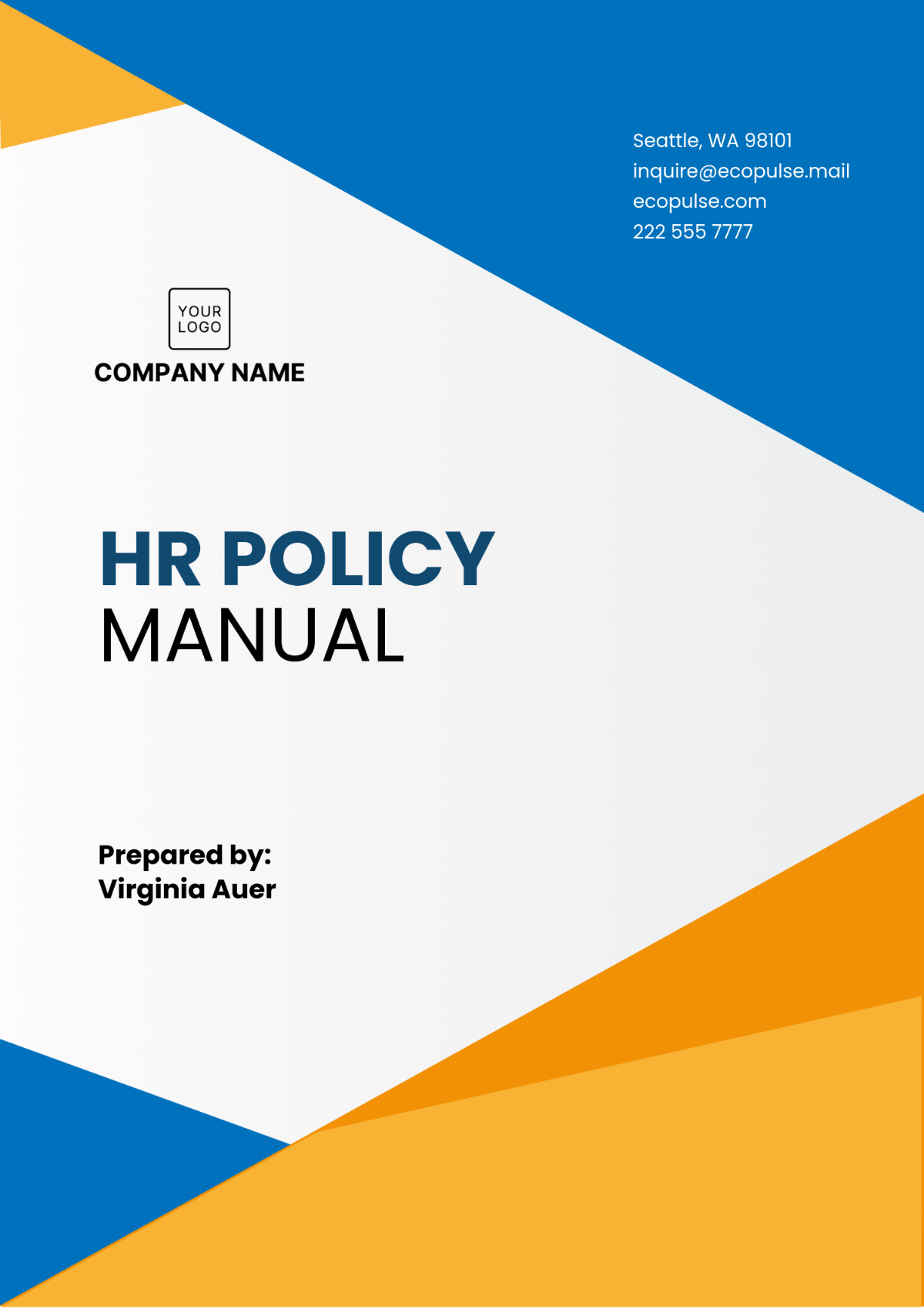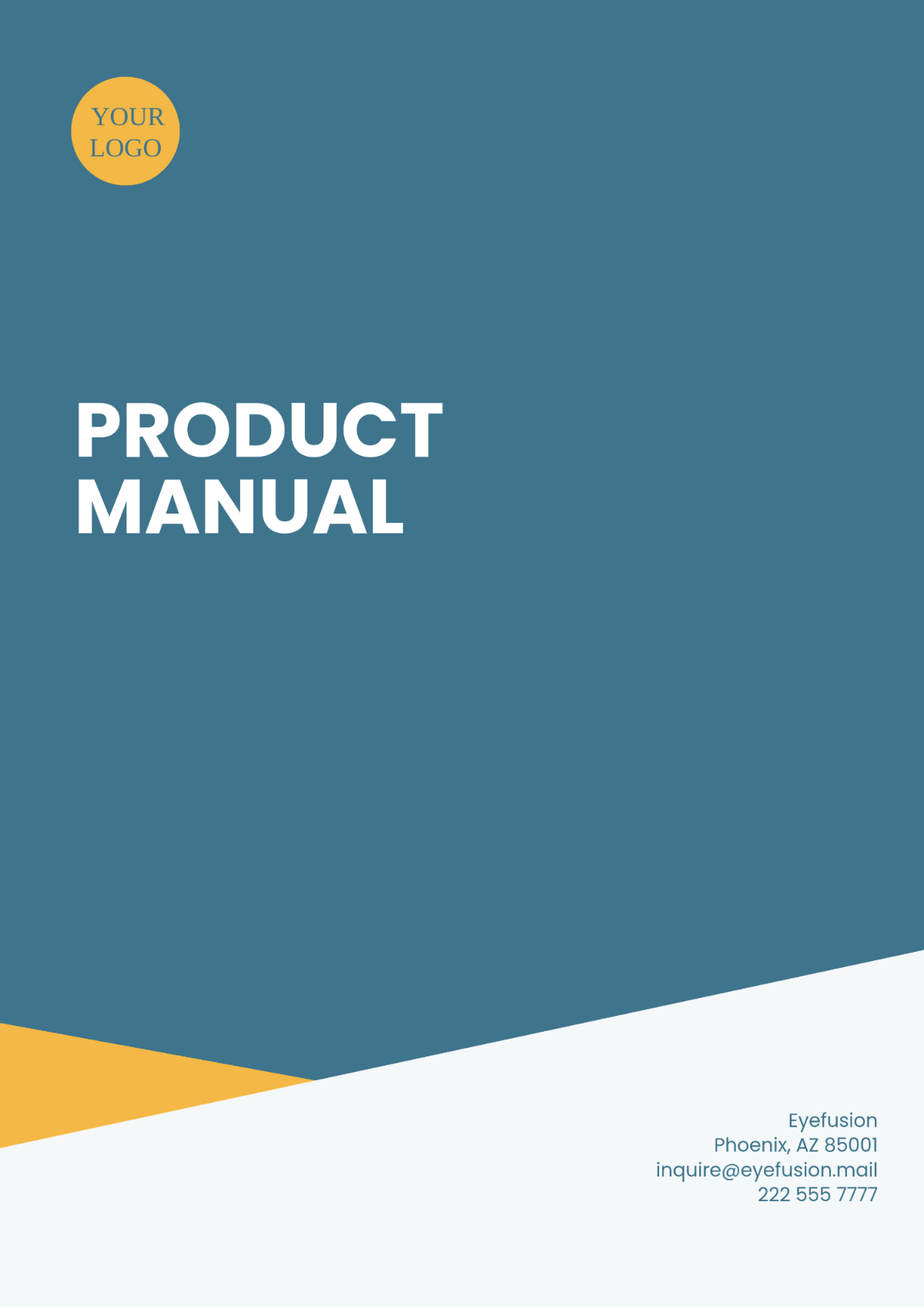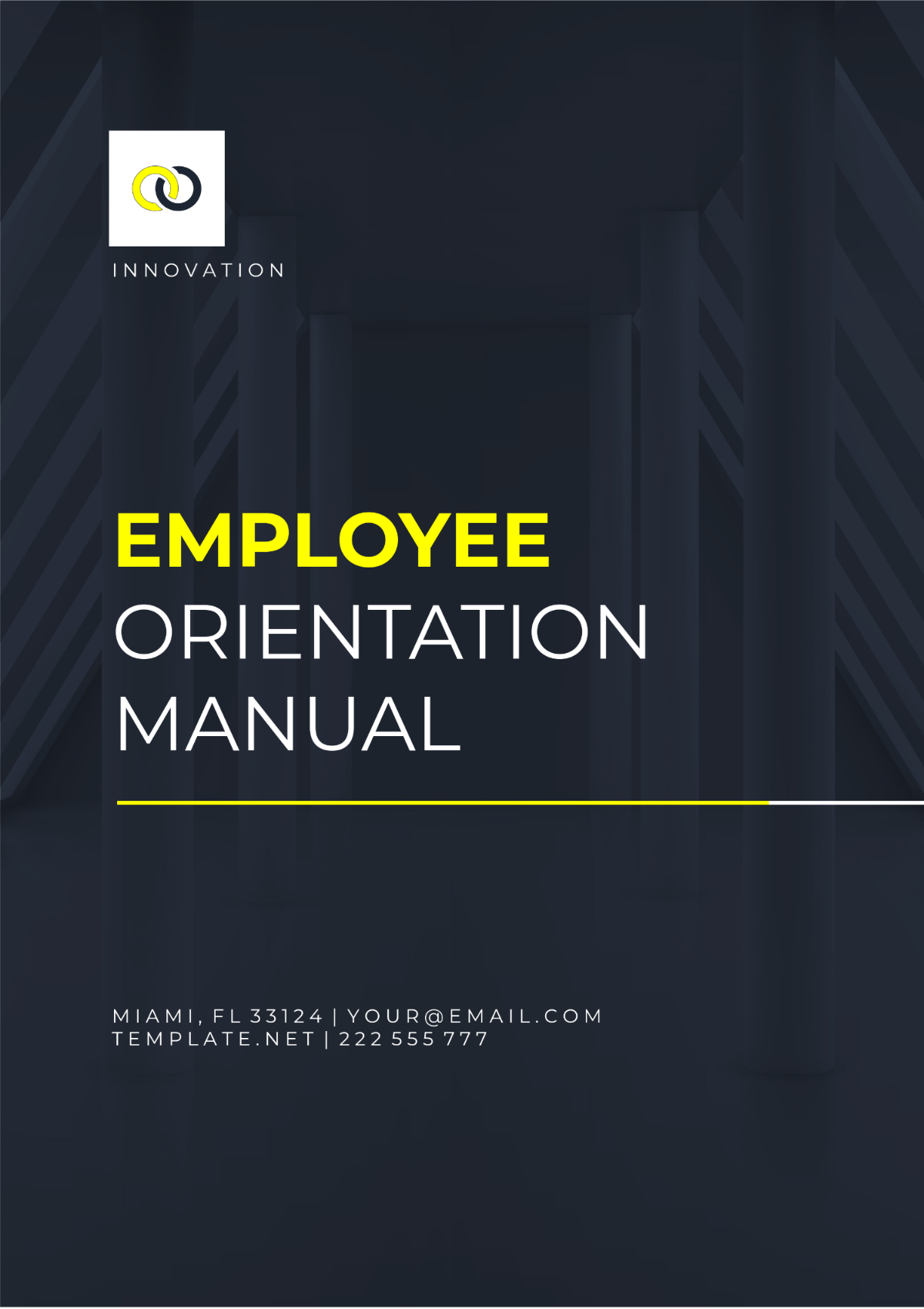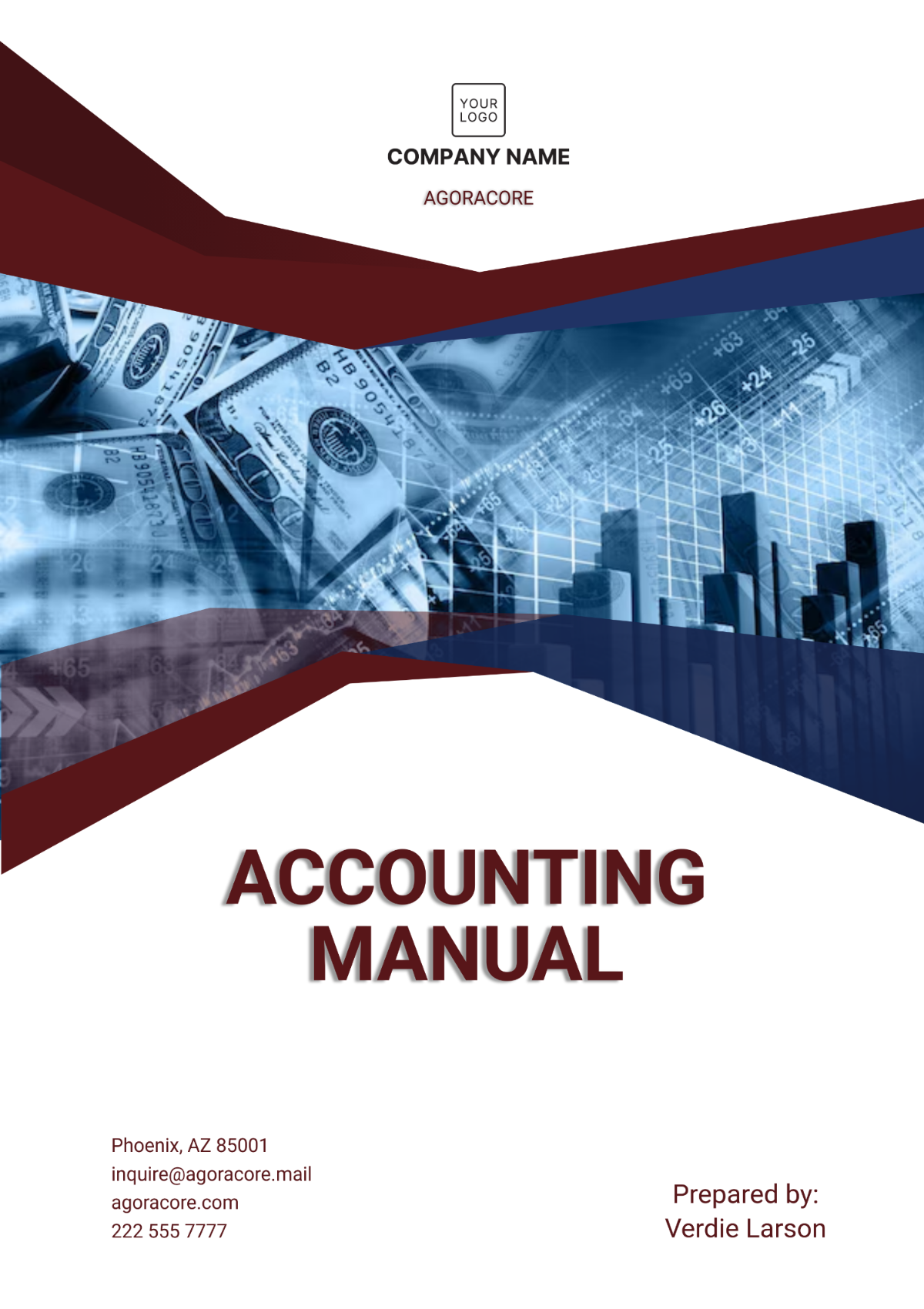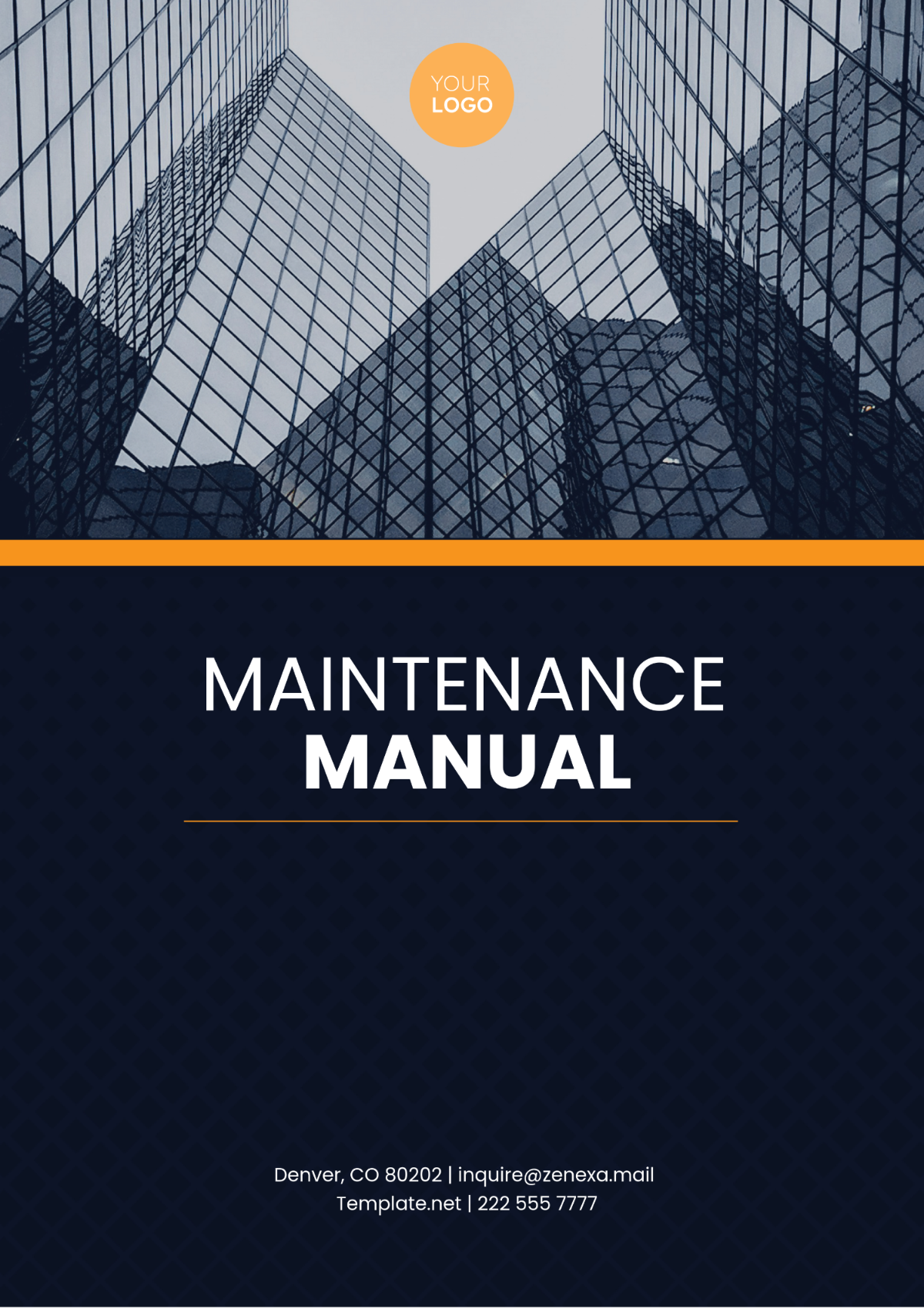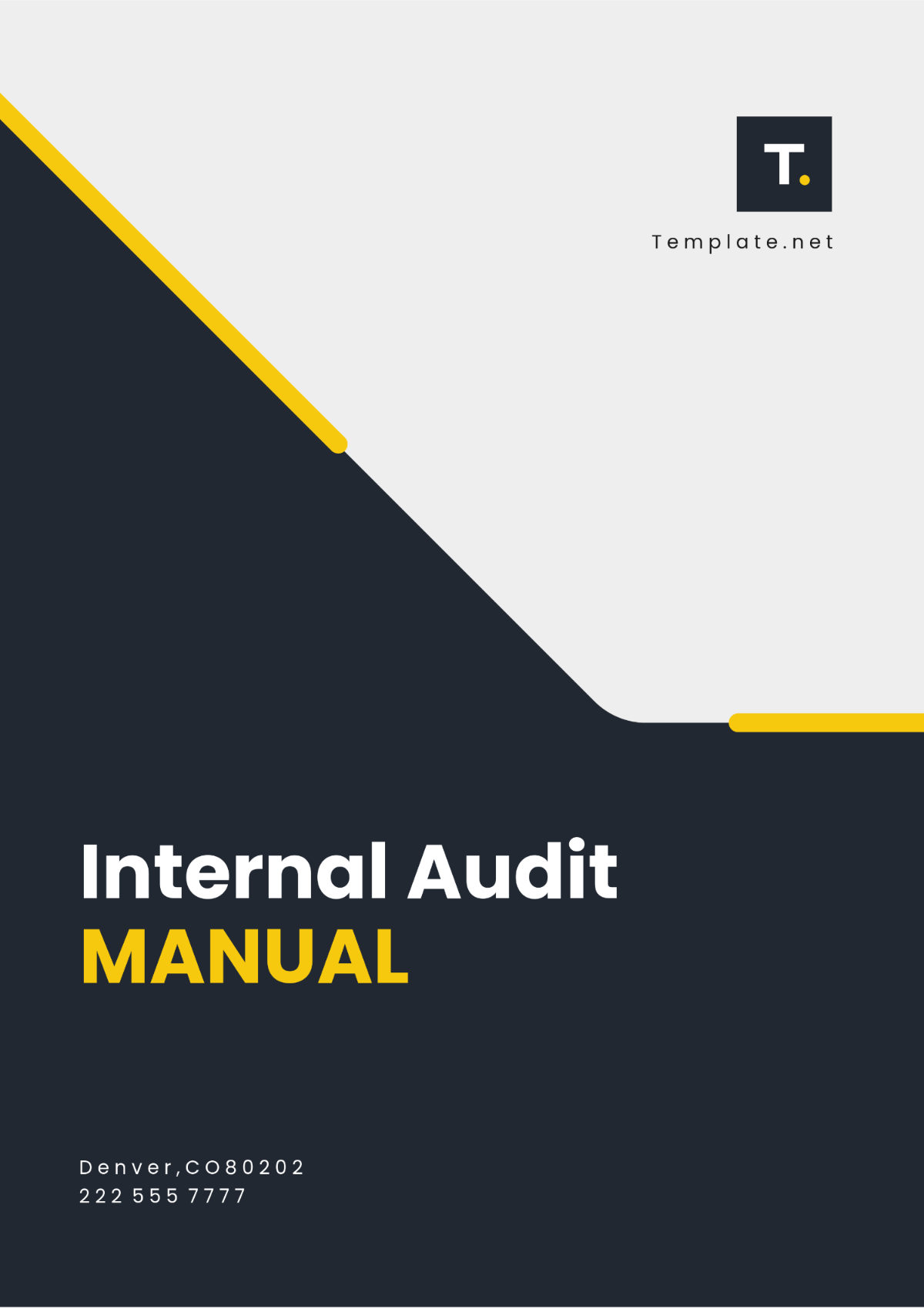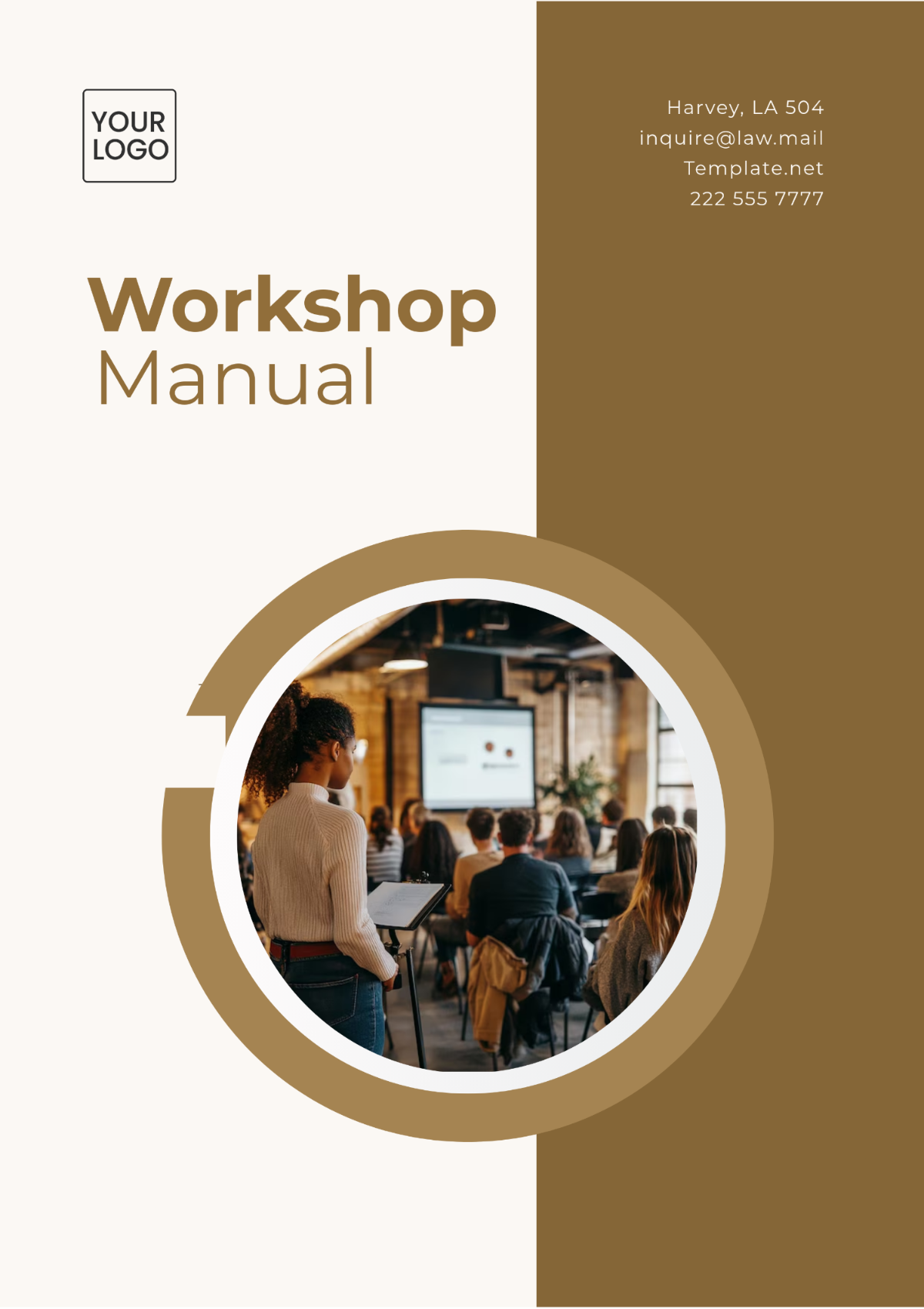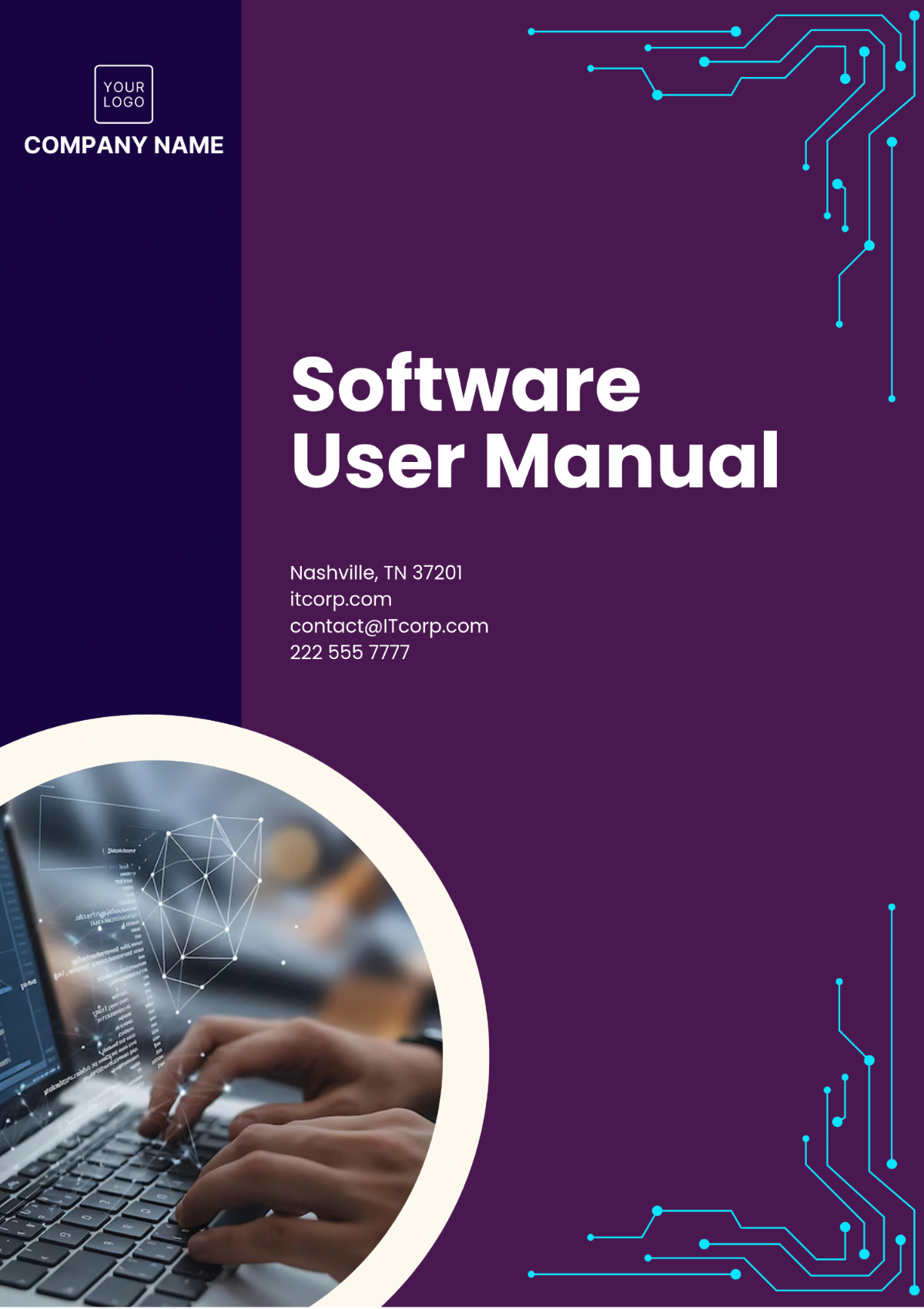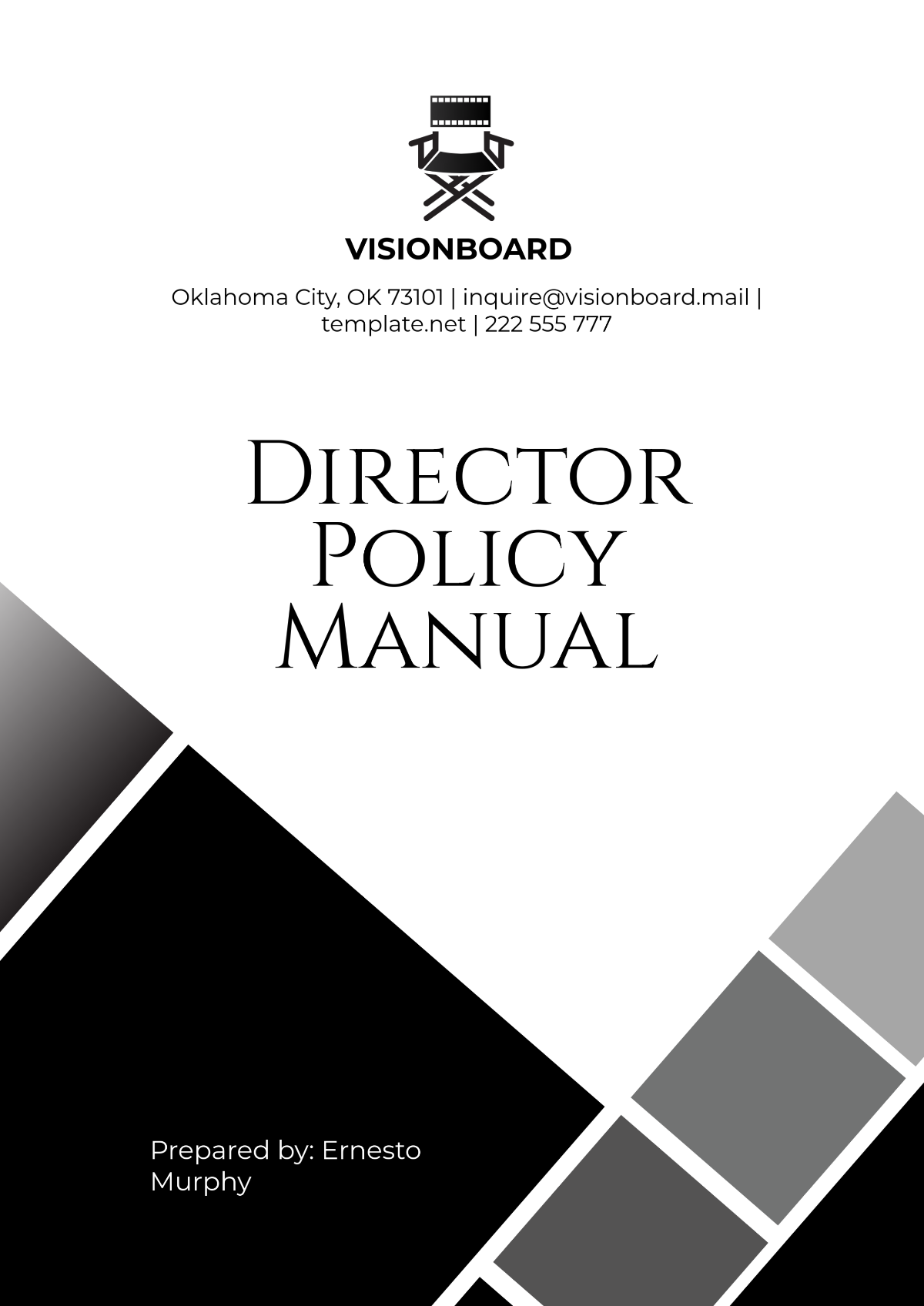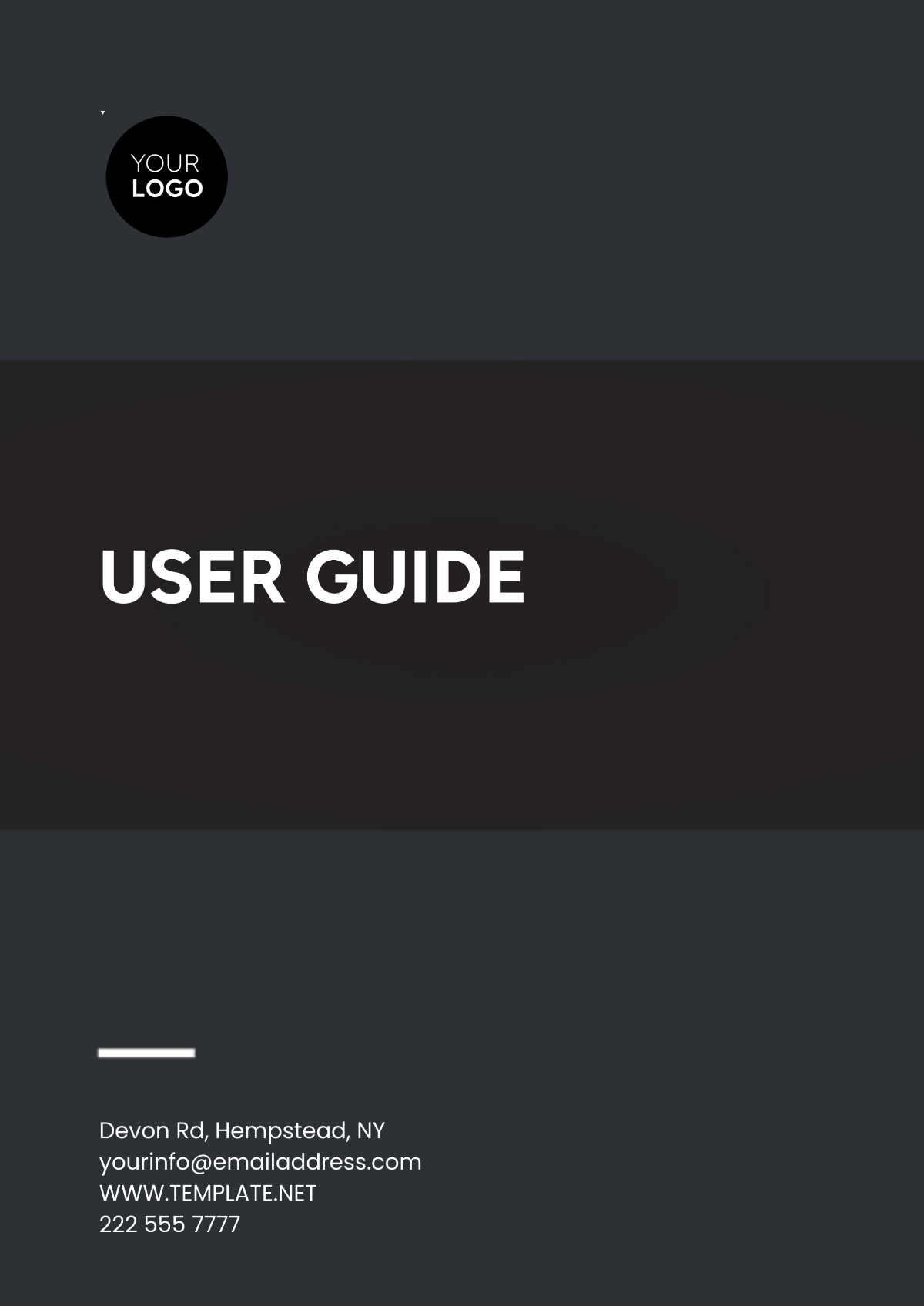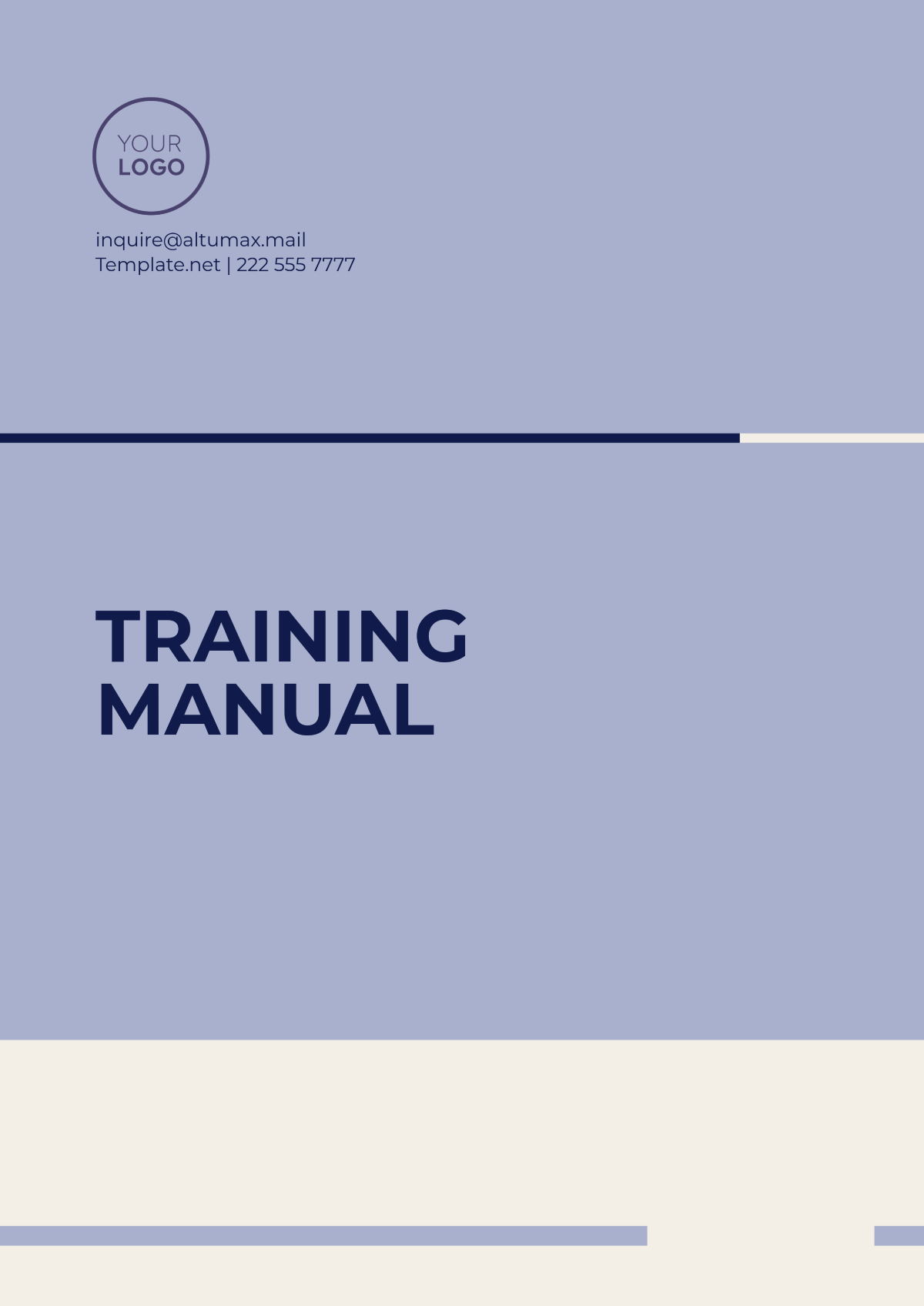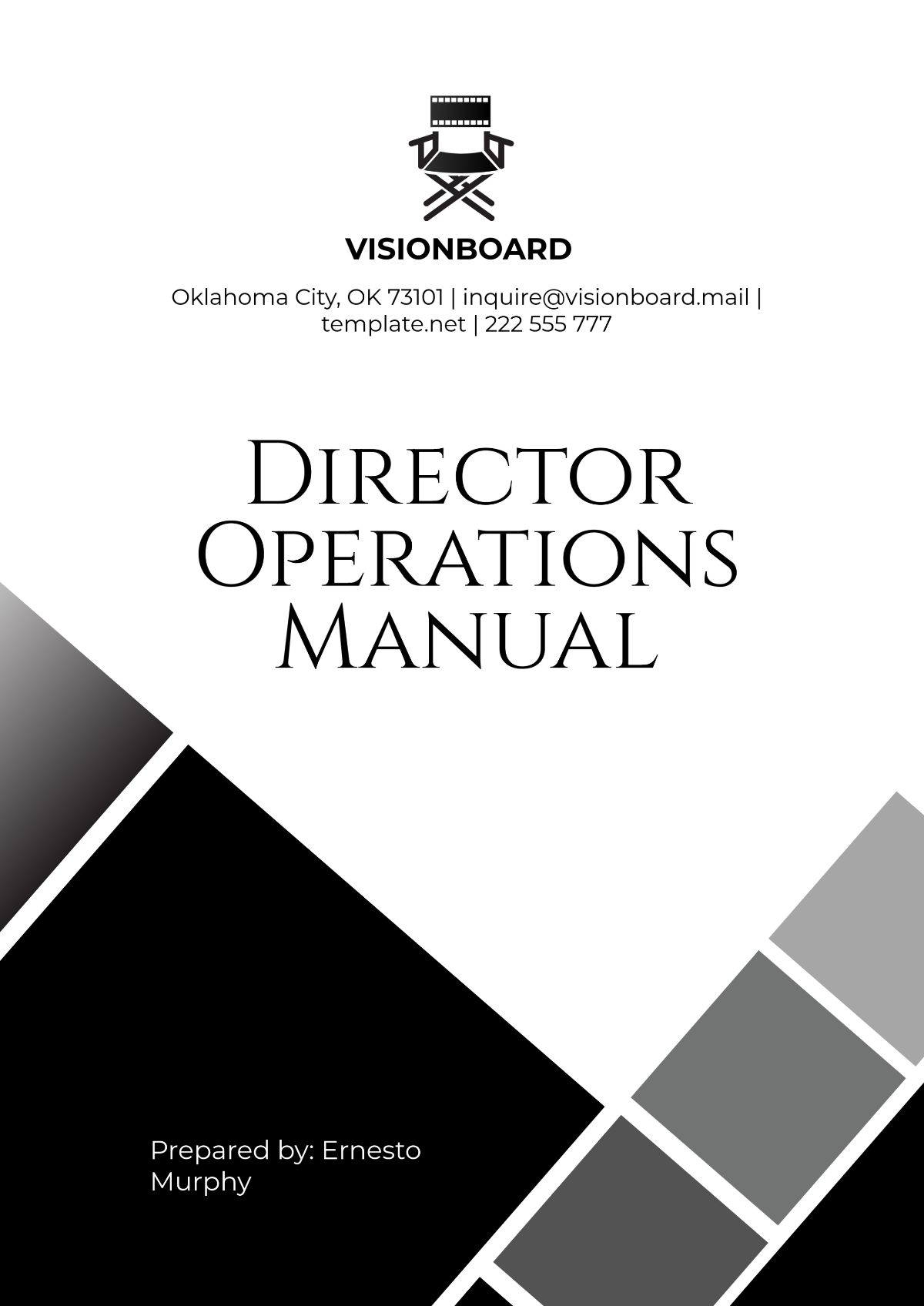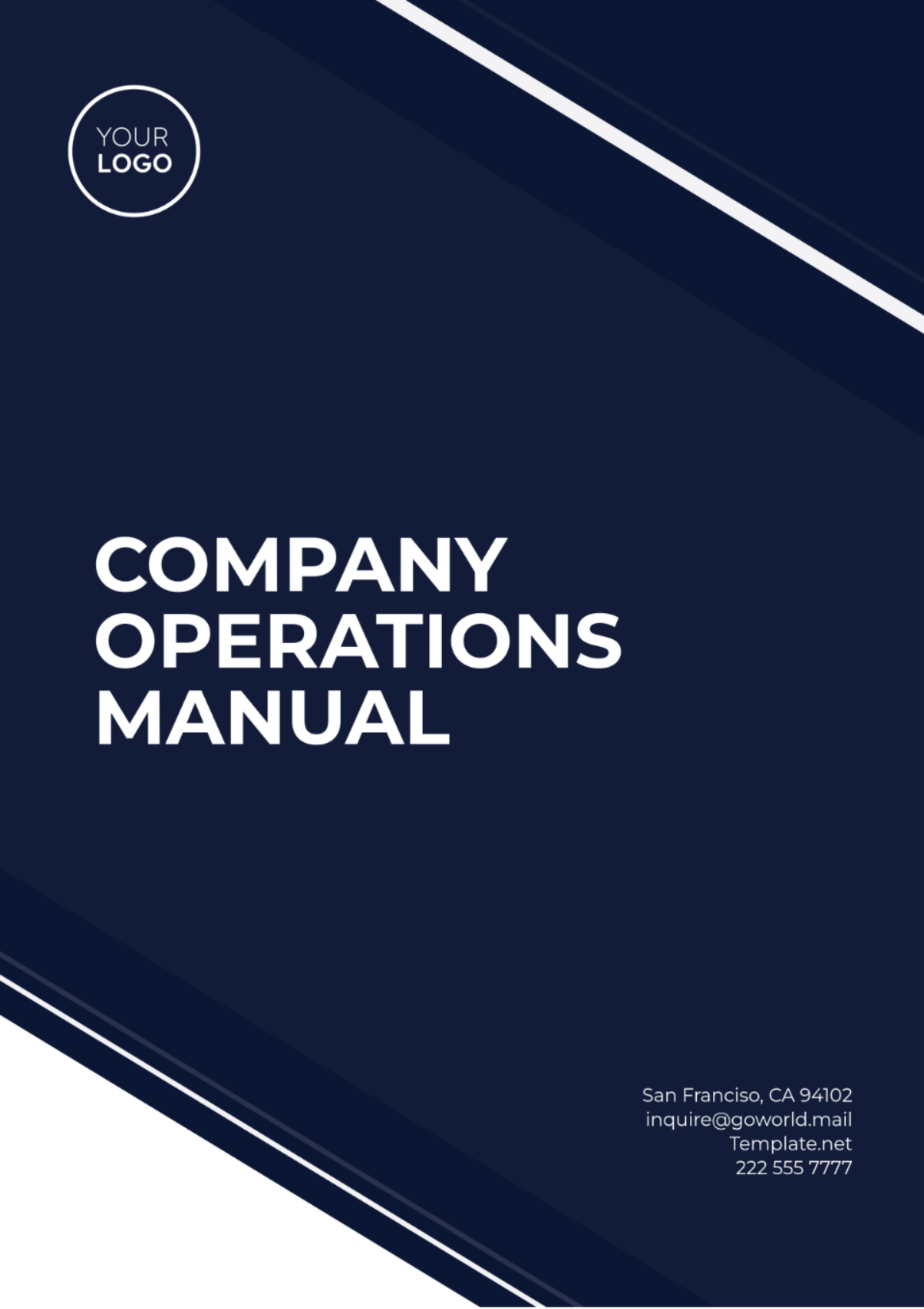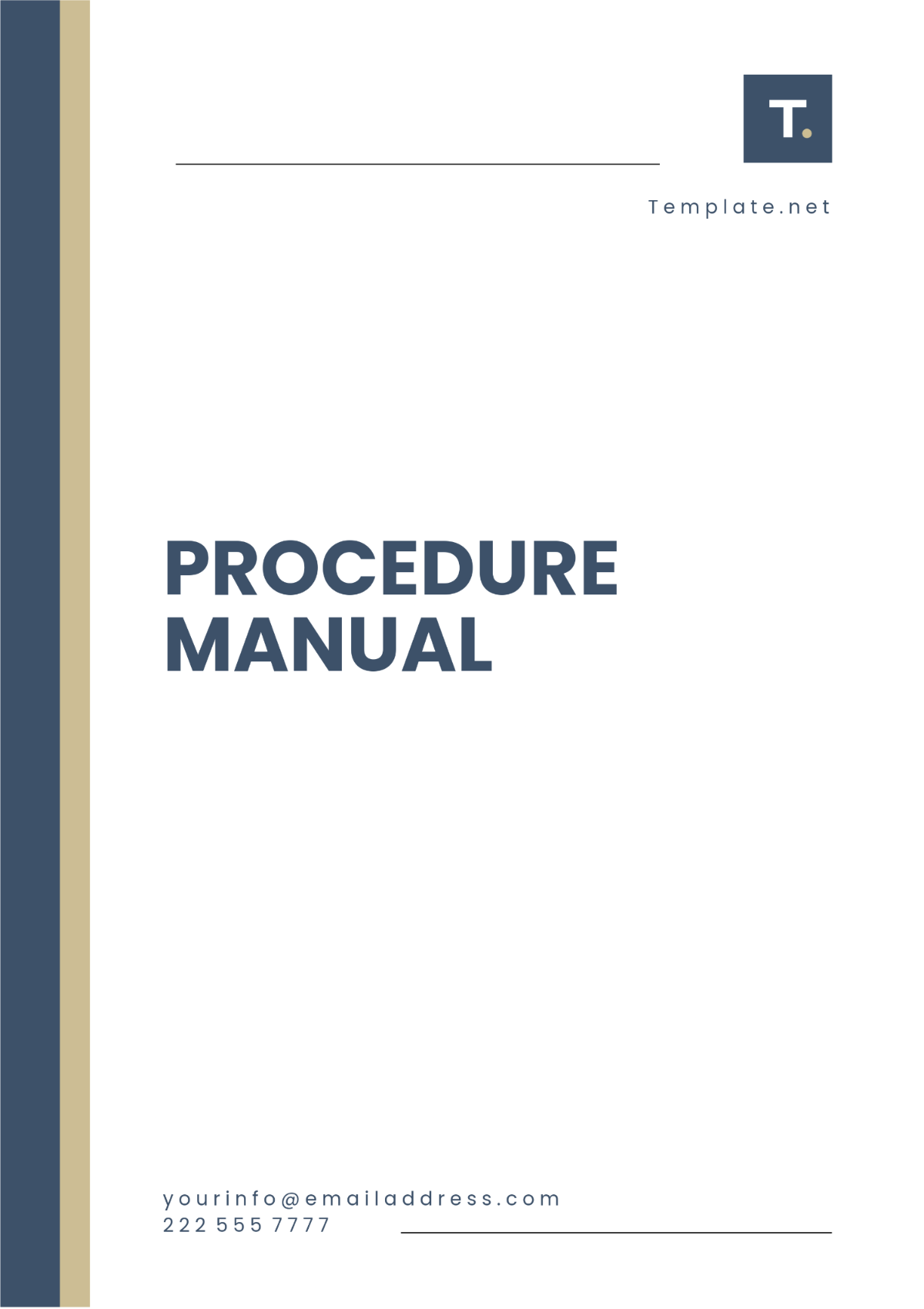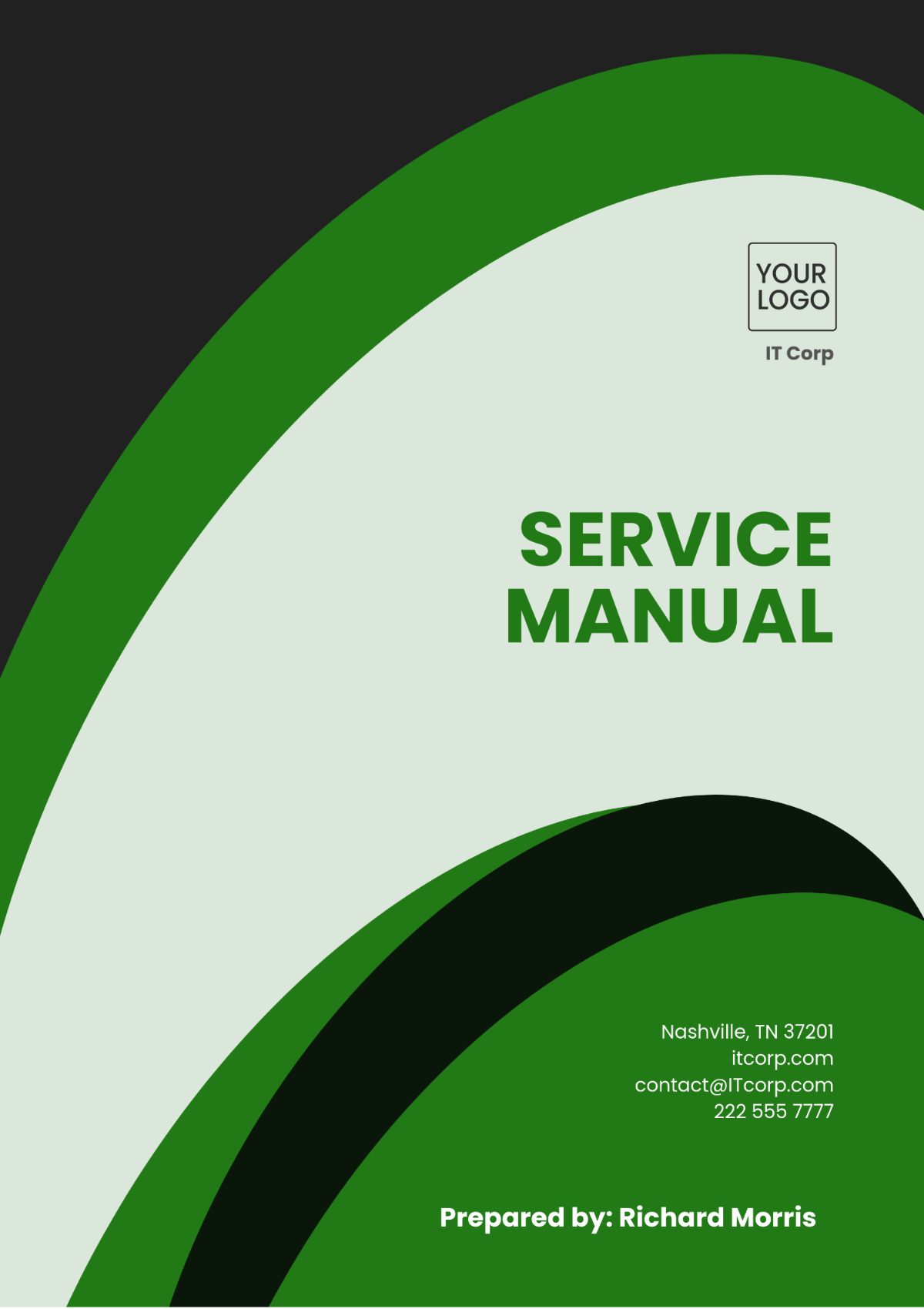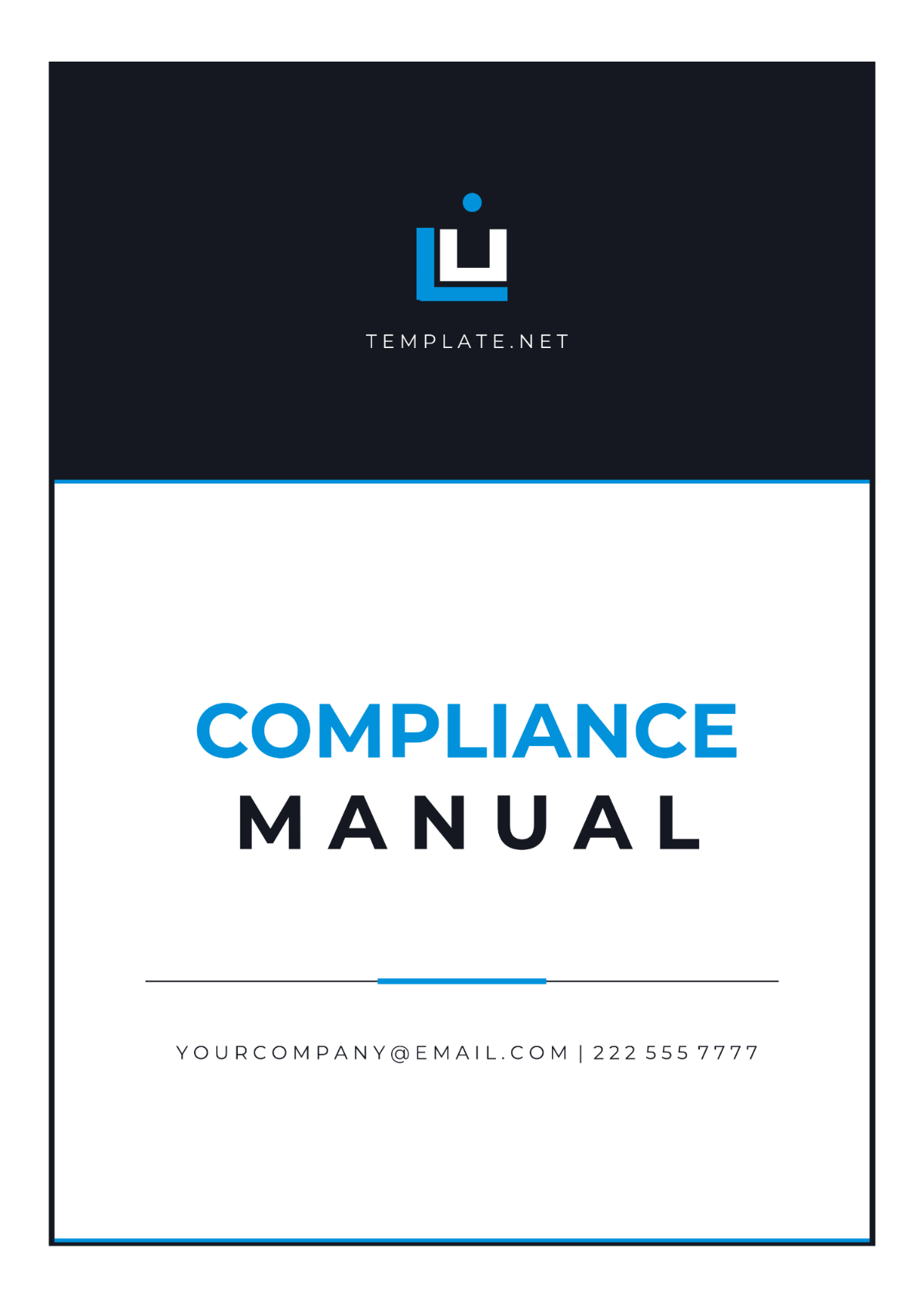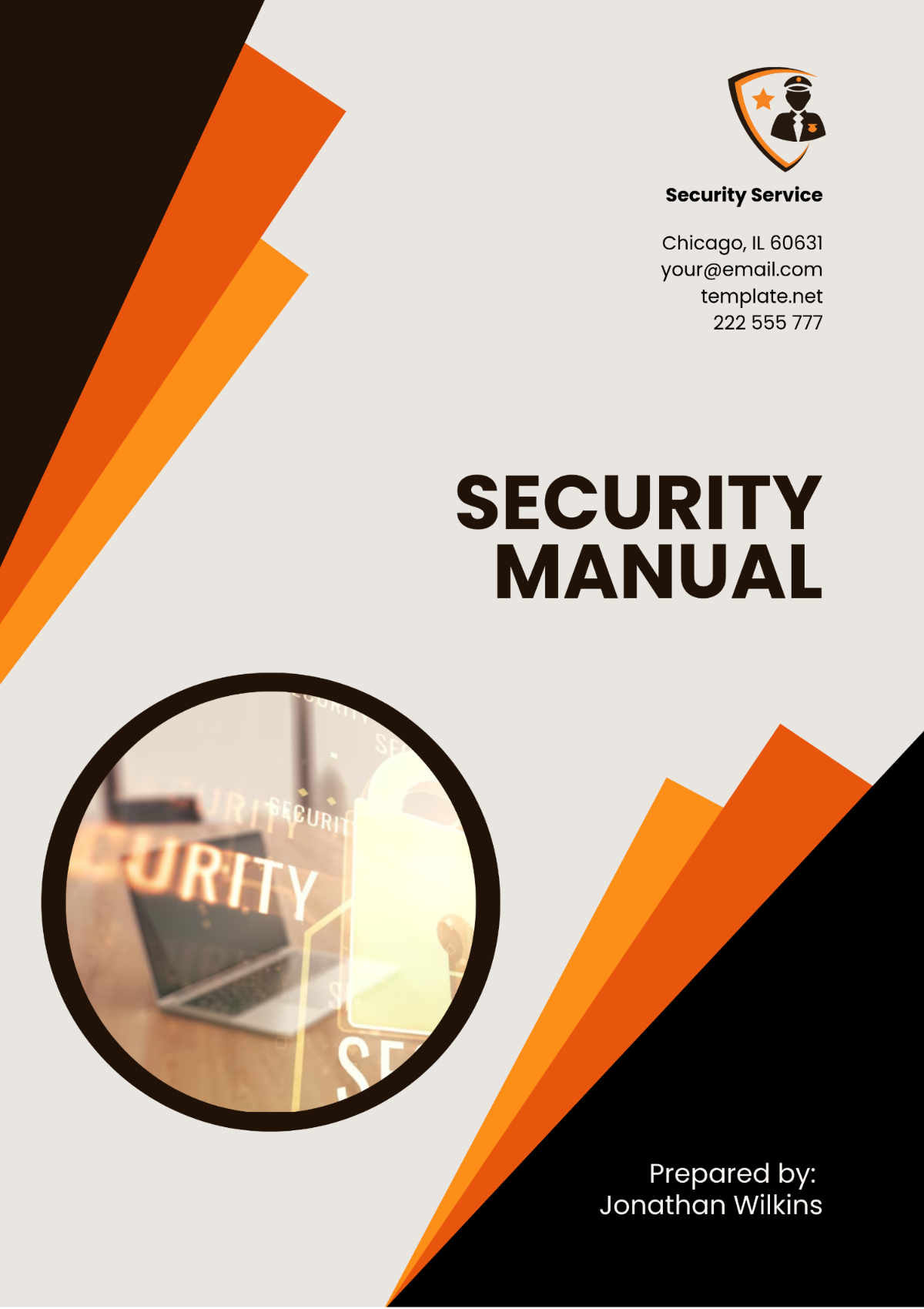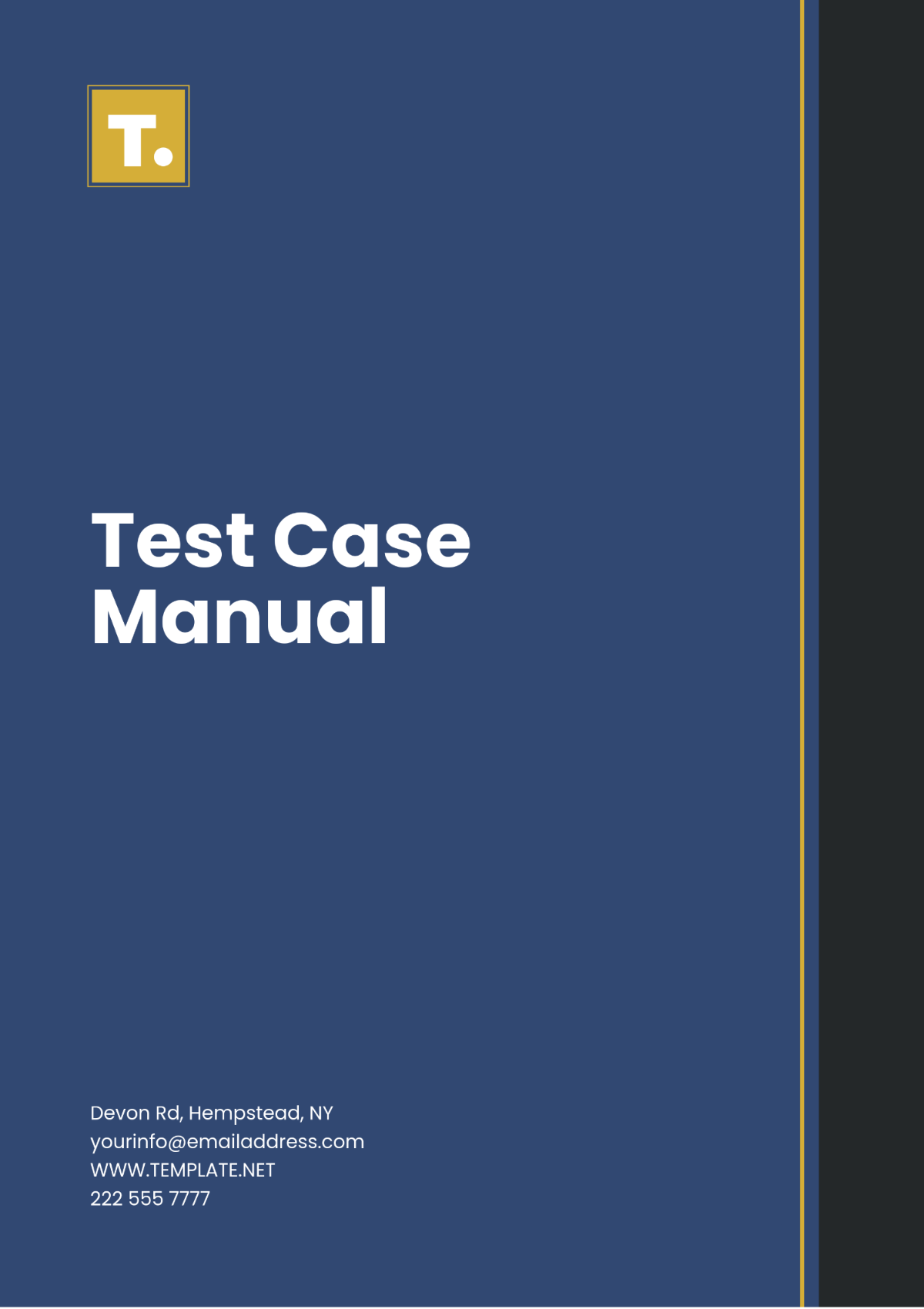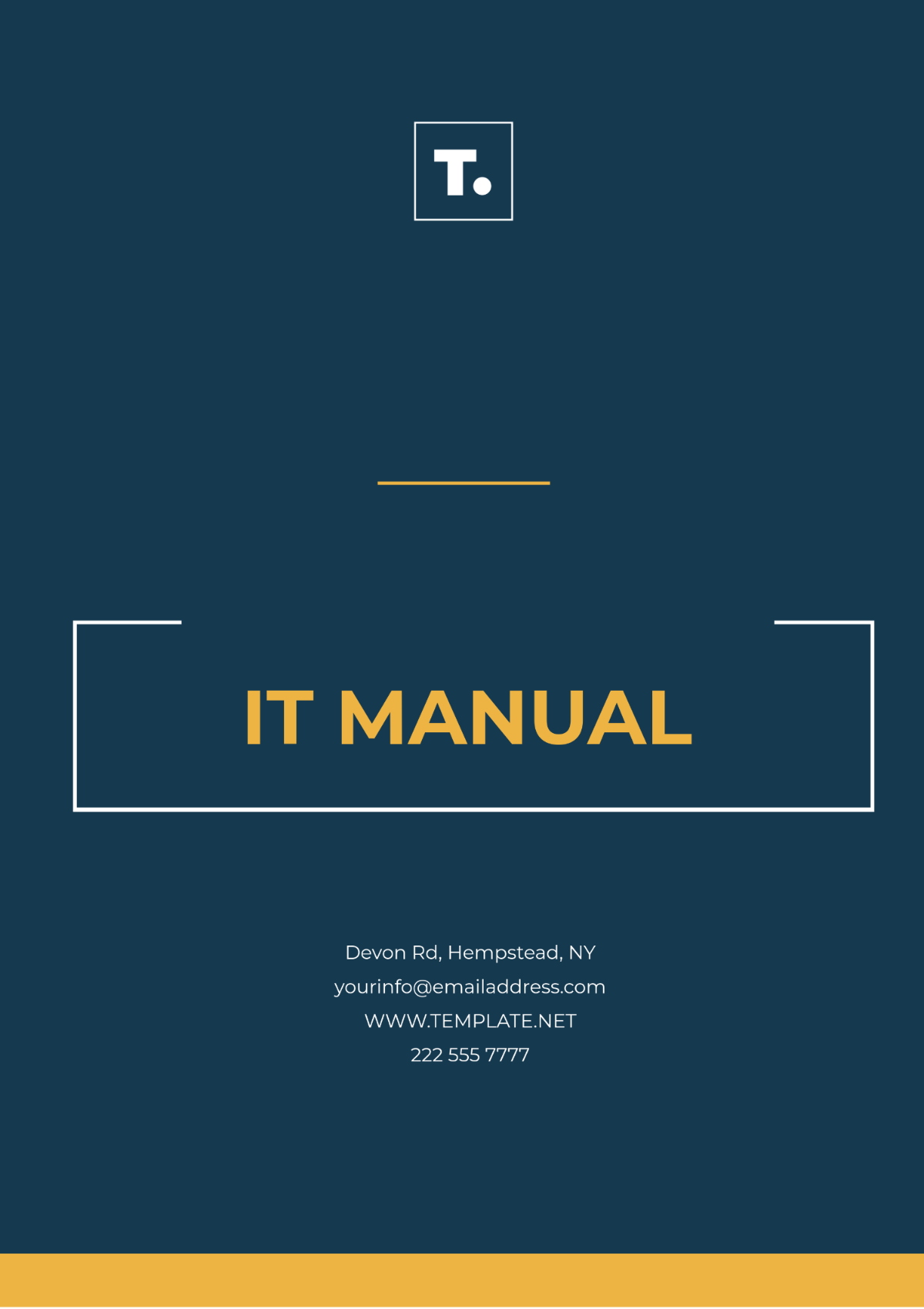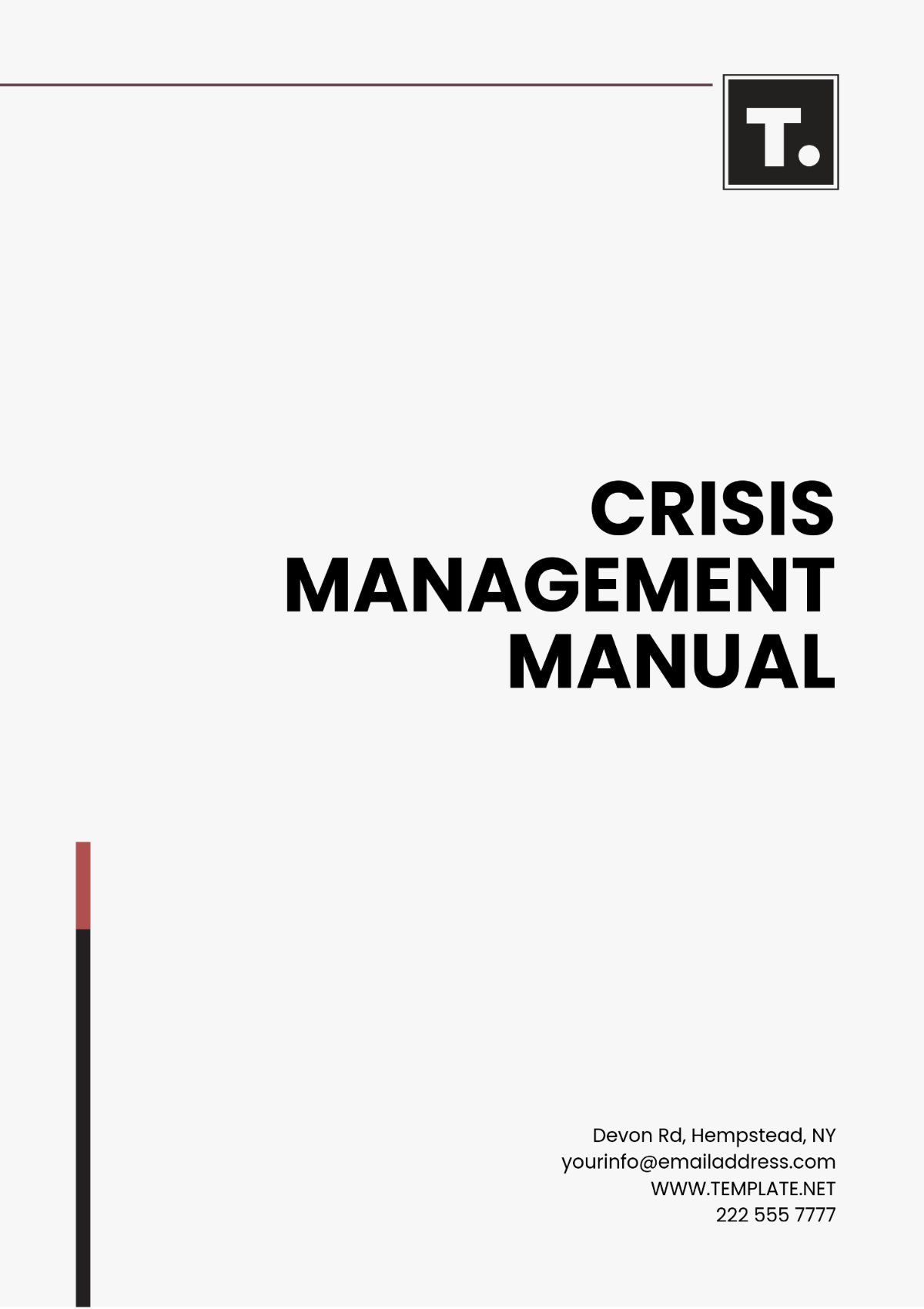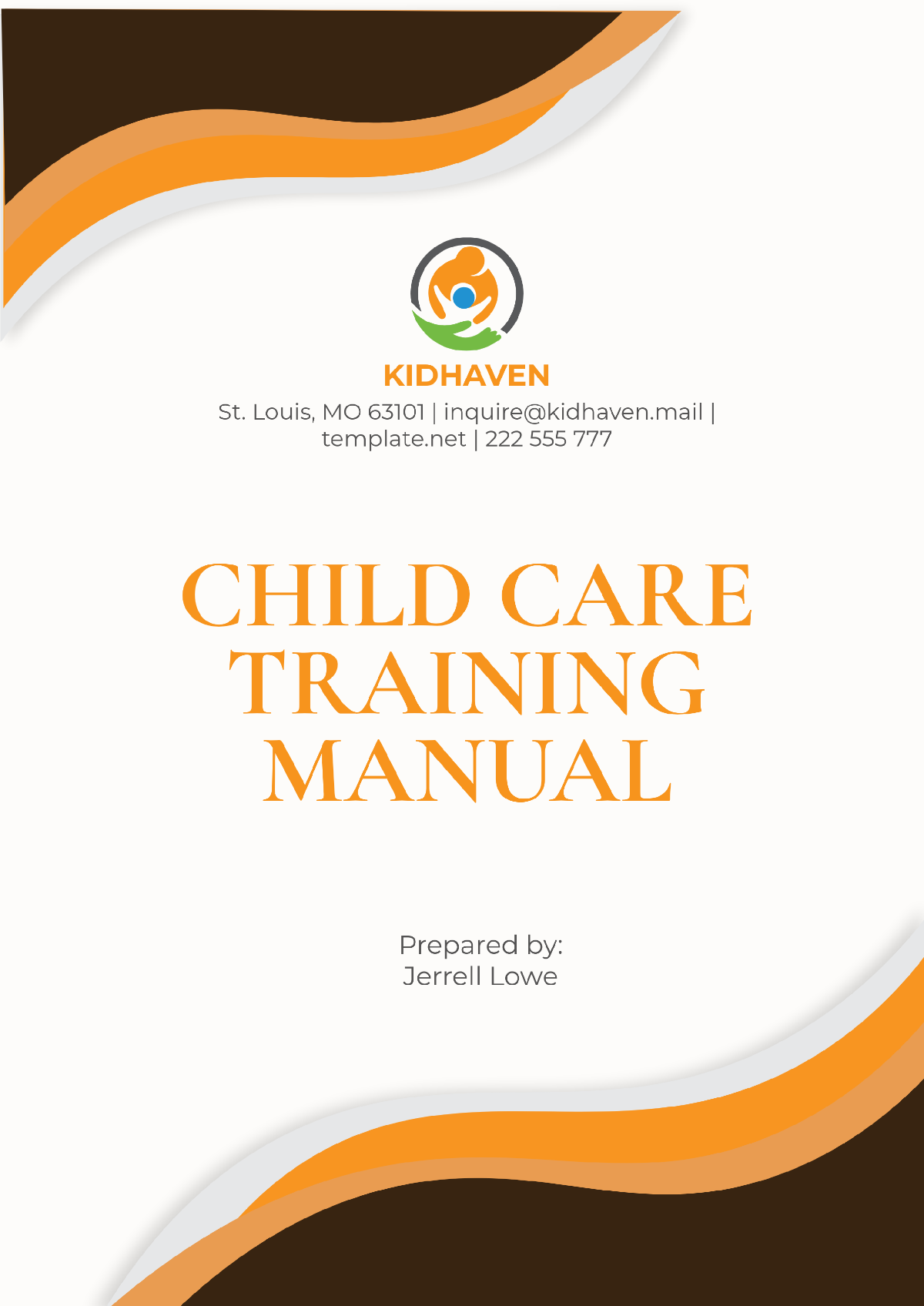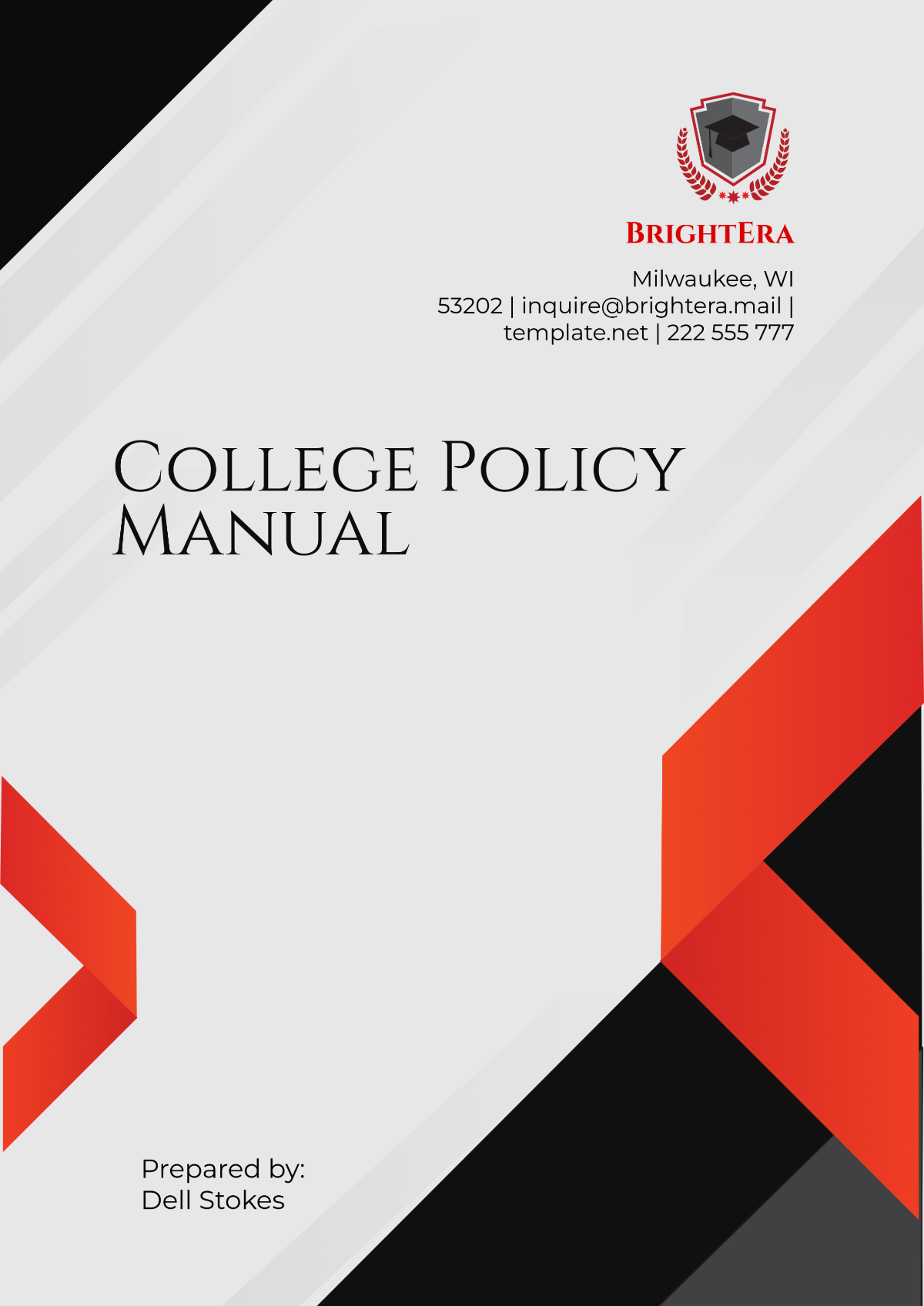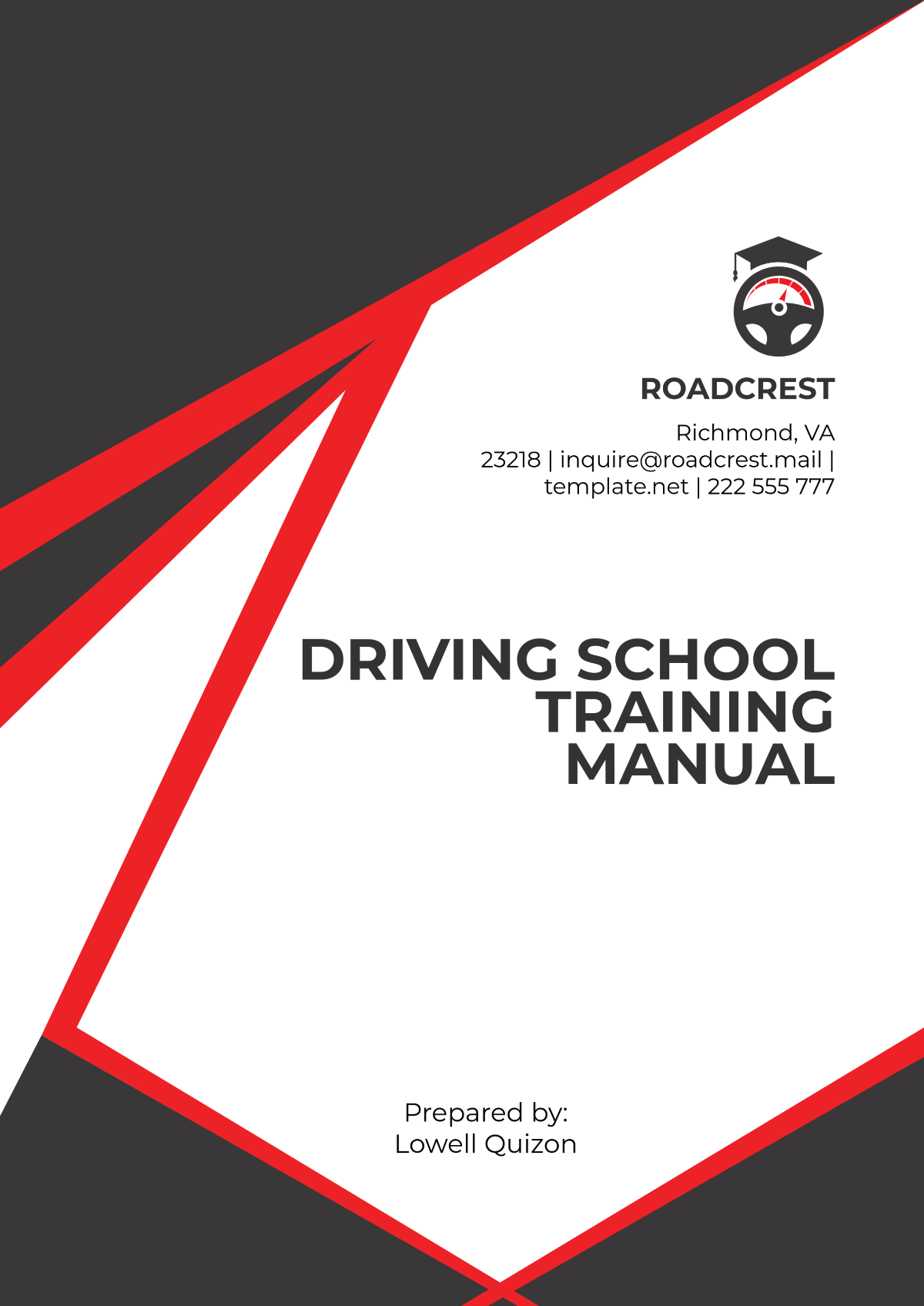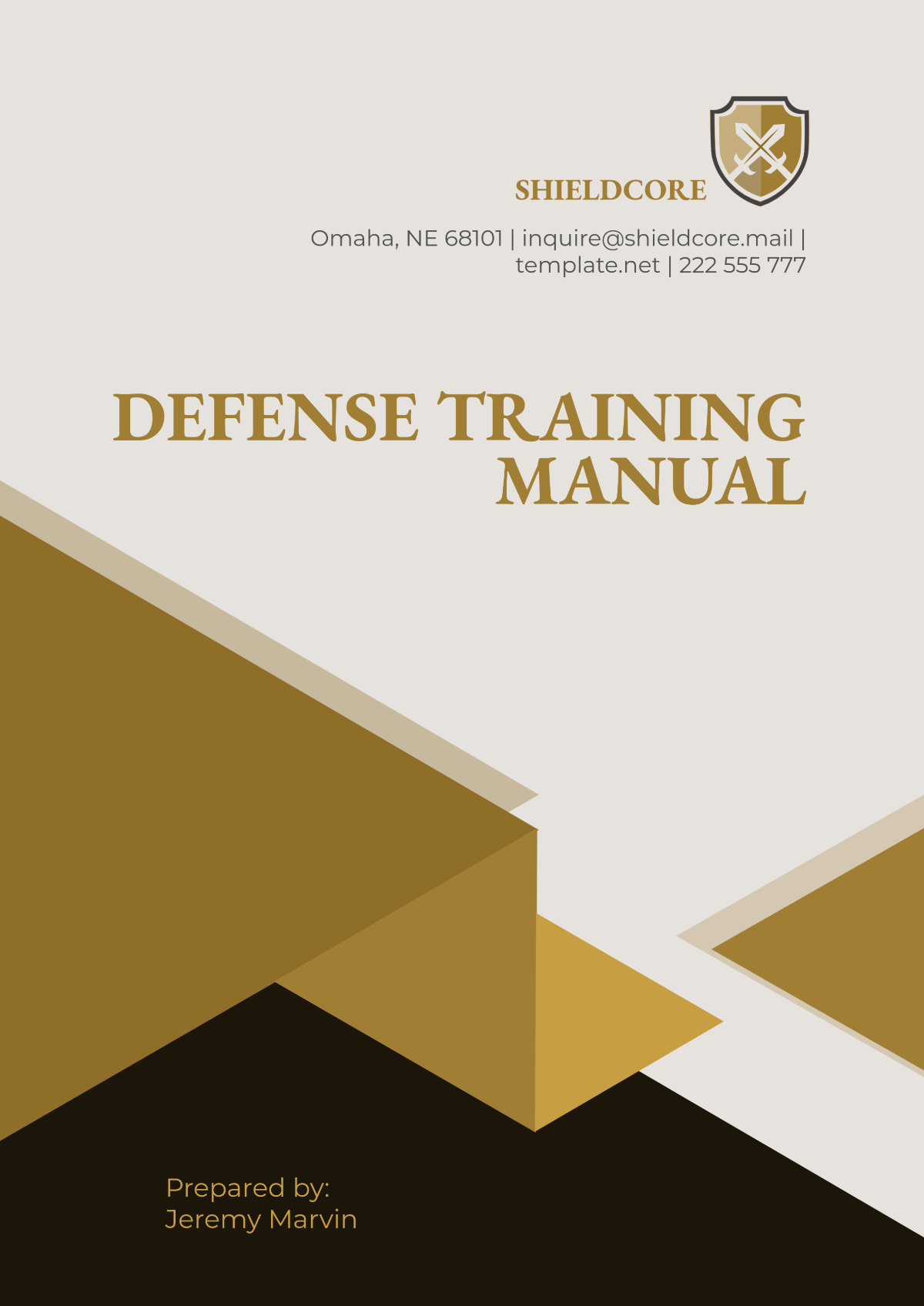Free Finance Accounts Policy & Procedure Manual Template
Finance Accounts Policy & Procedure Manual
I. Introduction
A. Purpose
The primary objective of this manual is to establish a comprehensive framework for governing financial processes, ensuring transparency, accuracy, and compliance with relevant regulations. By delineating clear guidelines and standards, this policy aims to foster a culture of financial responsibility and integrity within the organization. It serves as a foundational document that aligns financial activities with strategic goals, supporting informed decision-making and enhancing stakeholder confidence.
B. Scope
This policy applies universally to all employees, departments, and subsidiaries involved in financial transactions and reporting. Encompassing various facets of financial management, the scope includes budgeting, financial reporting, accounting procedures. While providing a comprehensive framework, this policy recognizes the dynamic nature of financial activities and acknowledges that certain specialized functions may require supplementary policies. It is imperative to view this document in conjunction with any additional policies to ensure a holistic approach to financial governance within the organization. The scope emphasizes the commitment to maintaining the highest standards of financial ethics and accountability across all levels of the organization.
II. Governance and Accountability
A. Roles and Responsibilities
CEO (Chief Executive Officer)
Set the overall strategic direction for the organization.
Provide leadership and guidance to the executive team.
Oversee the financial performance and health of the organization.
Ensure compliance with legal and regulatory requirements.
Review and approve major financial decisions and policies.
Finance Director
Develop financial strategies aligned with organizational goals.
Provide financial leadership and advice to the executive team.
Oversee financial planning, budgeting, and forecasting.
Ensure accurate and timely financial reporting.
Collaborate with other departments for financial integration.
Finance Controller
Manage day-to-day financial operations and transactions.
Implement and maintain internal controls for financial processes.
Oversee the preparation of financial statements and reports.
Ensure compliance with accounting standards and regulations.
Conduct regular financial audits and reviews.
Financial Analysts
Conduct financial analysis to support decision-making.
Prepare and analyze financial reports and forecasts.
Assist in budgeting and variance analysis.
Accountants
Record and classify financial transactions accurately.
Reconcile accounts and ensure financial accuracy.
Assist in the preparation of financial statements.
Accounts Payable/Receivable Specialists
Manage accounts payable and receivable processes.
Process invoices, payments, and collections.
Ensure timely and accurate financial transactions.
Payroll Administrators
Administer payroll processes accurately and on time.
Ensure compliance with tax regulations and deductions.
Address payroll-related queries from employees.
Compliance Officers
Monitor and ensure adherence to financial regulations.
Conduct internal audits to assess compliance.
Collaborate with external auditors for regulatory compliance.
B. Reporting Structures
Efficient reporting structures are vital for delineating responsibilities within the finance department. The diagram below outlines the hierarchy of reporting, showcasing the reporting level:
Finance team members at this level are responsible for processing routine transactions, ensuring the day-to-day financial activities are managed efficiently. They play a crucial role in maintaining accurate records of transactions, contributing to the overall financial integrity of the organization. This level is fundamental for the smooth execution of routine financial operations, laying the foundation for accurate financial reporting. Reporting to the Financial Controller ensures a centralized oversight of operational financial activities, promoting consistency and adherence to established procedures.
The Finance Controller to Finance Director reporting level is critical for aligning day-to-day financial activities with the overarching financial strategy of the organization. The Finance Director receives consolidated insights from the Financial Controller, enabling strategic decision-making at a higher level. Moreover, for the reporting from the Finance Director to the CEO, the finance director provides strategic financial insights to the CEO, offering a high-level perspective on the organization's financial health. Their responsibilities include approving major financial decisions and ensuring alignment with the overall financial strategy of the organization. This reporting structure establishes a direct link between financial operations and strategic decision-making at the executive leadership level. It ensures that financial considerations are integrated into the broader organizational strategy, supporting sustainable and informed business practices.
C. Communication Channels
Effective communication channels are the lifeblood of transparent financial management. The table illustrates the communication channels for regular financial updates:
From | To | Frequency | Method |
[Finance Team] | [Department Heads] | [Monthly] | [Email] |
Finance Team Members provide monthly email updates to Department Heads, ensuring timely communication of routine financial activities. This approach promotes transparency and keeps department heads informed about the financial landscape, enabling them to align departmental activities with financial goals. Monthly updates through email establish a regular rhythm for communication, fostering a proactive and informed approach to financial management. This channel ensures that department heads have the necessary information to make decisions aligned with the organization's financial strategy.
III. Regulatory Compliance
A. Adherence to Financial Regulations
Local Compliance
Conduct bi-annual reviews of local financial regulations applicable to the company’s location.
Update procedures within two weeks of identifying changes in local regulations.
National Compliance
Quarterly compliance checks for updates in national financial regulations.
Designate a compliance officer to send monthly updates to relevant stakeholders summarizing any national regulatory changes.
International Compliance
Annually review international standards and regulations.
Designate a compliance team to conduct a semi-annual assessment of cross-border compliance.
B. Procedures for Monitoring and Enforcement
Regular Audits
Conduct internal audits bi-annually to assess compliance with financial regulations.
Within one month of audit completion, implement corrective measures based on findings.
External Audits
Schedule external audits annually with a reputable audit firm.
Collaborate with external auditors throughout the audit process, responding to inquiries within two weeks and implementing improvements within a month.
C. Consequences for Non-Compliance
Disciplinary Actions
Verbal Warning
Issue a verbal warning immediately upon identification of minor infractions or first-time non-compliance.
Written Warning
Provide a written warning within two weeks for repeated non-compliance or failure to address previous verbal warnings.
Suspension
Implement a suspension within one month for serious or continued non-compliance after written warnings.
Termination
Initiate termination proceedings within two months for severe or persistent non-compliance that significantly jeopardizes the organization's integrity.
Legal Consequences
Fines
Pay fines within 30 days for regulatory non-compliance.
Legal Action
Initiate legal action within three months against individuals or entities involved in serious breaches.
Contractual Consequences
Implement contractual penalties within two weeks for non-compliance with financial regulations.
IV. Financial Reporting
A. Data Compilation
Data Gathering
Collect financial data from various sources, including accounting software (e.g., QuickBooks Online, Xero) and ERP systems.
Ensure accuracy by cross-referencing data points and validating against source documents.
Normalization
Normalize financial data to adhere to accounting standards and eliminate anomalies.
Utilize tools such as Microsoft Excel or Google Sheets for data normalization processes.
B. Report Generation
Financial Statement Preparation
Use accounting software to generate standard financial statements.
Cross-verify calculations and ensure alignment with the latest accounting principles.
Quality Assurance Procedures
Internal Review
Conduct an internal review of financial data one month before the inclusion in reports.
Cross-Functional Validation
Engage cross-functional teams to validate financial information for accuracy, completing the validation process within two weeks.
C. Frequency and Timing of Financial Reporting
Submission Deadline
The deadline for the submission of detailed monthly financial reports is set on the 5th of each month.
KPI Inclusion Criteria
The key performance indicators (KPIs) for inclusion in the report are as follows:
Key Performance Indicator (KPI) | Criteria for Inclusion |
[Revenue Growth] | [Monthly revenue growth rate exceeding 5%] |
The inclusion criterion for Revenue Growth is set at a monthly growth rate exceeding 5%. This ensures that only periods demonstrating substantial growth are included in the financial reports. Monitoring and reporting on revenue growth are vital indicators of the organization's financial health, providing insights into its ability to generate income consistently. This criterion aligns with the organization's strategic goals, emphasizing the significance of sustainable revenue expansion for long-term success.
D. Procedures for Internal and External Audits:
Internal Audit Coordination
Internal Audit Schedule
The schedule for regular internal audits of financial processes is at least one audit per quarter.
Findings Communication
Internal audit findings must be communicated promptly to relevant stakeholders for corrective actions within two weeks of the audit's completion through email.
External Audit Preparedness
Documentation Repository
Maintain a repository of key documentation and supporting evidence to streamline the external audit process, ensuring it is up-to-date at all times.
Audit Preparation Meetings
Conduct pre-audit meetings within two weeks of the scheduled external audit to ensure preparedness and address any concerns raised by external auditors.
V. Accounting Procedures
A. General Accounting Principles
Accrual Basis Accounting
Use QuickBooks Online for accurate accrual basis accounting.
Configure QuickBooks Online by selecting Accrual as the accounting method in the settings.
Regularly update QuickBooks Online to ensure compliance with the latest accounting standards by navigating to the Update option in the settings.
Consistency in Application
Document accounting policies in a manual accessible through Microsoft SharePoint.
Conduct training sessions using Zoom for consistent application, covering specific scenarios and examples.
Assign the Finance Manager to review and update accounting policies annually. Utilize Trello for tracking the revision process.
Prudence Concept
Implement a risk management system using LogicManager to identify potential financial challenges.
The Finance Risk Analyst should regularly update risk assessments and mitigation strategies in the LogicManager system.
B. Transaction Recording
Journal Entries
Use QuickBooks Online to create standardized journal entry templates. Navigate to Company > Make Journal Entry > Save as Template.
Implement an electronic journal entry system within QuickBooks Online for automated recording processes. Explore Automation settings for recurring entries.
Require documentation and approvals through Adobe Sign. Attach signed documents to corresponding entries in QuickBooks Online.
Double-Entry System
Provide training sessions through Moodle to educate accounting staff on the double-entry system. Include practical exercises for reinforcement.
Utilize FreshBooks, ensuring the double-entry system is activated in the settings.
Conduct periodic internal audits using TeamMate to verify the accuracy of the double-entry system. Document findings in a designated audit report.
Chart of Accounts
Use NetSuite to establish a detailed chart of accounts. Navigate to Lists > Chart of Accounts > New Account for customization.
Regularly review and update the chart of accounts through Microsoft Teams. Utilize the Files tab for document collaboration.
Communicate updates to all relevant departments via Slack. Create a dedicated channel for accounting-related announcements.
C. Periodic Closing Procedures
Monthly Closing
Develop a detailed checklist using Monday.com for the monthly closing process. Include tasks such as reconciliation, adjustments, and financial statement generation.
Utilize QuickBooks Online reconciliation features and third-party tools like BlackLine for automation.
Implement a peer review process via Google Workspace. Share financial statements for review and feedback.
Year-End Closing
Use Oracle ERP Cloud for year-end closing procedures. Follow the system prompts and use the Year-End Close module.
Facilitate external audits by providing auditors access to documents via Intralinks. Ensure document access is restricted to relevant sections.
Ensure integration between Oracle ERP Cloud and Intralinks for a seamless audit preparation process. Regularly update access permissions and audit trails.
VI. Internal Controls
A. Segregation of Duties
Responsibility Assignment
Define roles and responsibilities within the finance team using BambooHR.
Assign duties such as authorization, recording, and reconciliation to create segregation.
Regular Review
Conduct quarterly reviews of duty assignments using Kissflow.
Ensure no team member has overlapping responsibilities compromising internal controls.
Automated Alerts
Set up automated alerts for unusual transactions or access patterns using QuickBooks Alerts or Xero Notifications.
Review and update alert settings monthly based on risk assessments.
B. Authorization Procedures
Electronic Approval Workflows
Implement electronic approval workflows through Approve.com.
Automate approval for invoices, expenses, and other financial transactions.
Access Controls
Utilize role-based access controls within accounting and ERP systems.
Review and adjust access permissions using Okta whenever there are changes in employee roles.
VII. Revision and Updates
A. Revision
Scheduled Reviews
This manual will be reviewed bi-annually to ensure aligning with compliance and for streamlining our policy and procedure.
Cross-Functional Input
Solicit input from cross-functional teams during the revision process.
Conduct collaborative workshops or virtual meetings using Microsoft Teams or Slack.
Version Control
Implement version control using SharePoint.
Label each version, track changes, and maintain a revision history.
B. Communication
Draft an announcement detailing policy revisions.
Distribute the announcement via internal newsletters.
Send targeted email updates to relevant departments.
Host virtual town hall meetings to address questions and provide clarifications.
